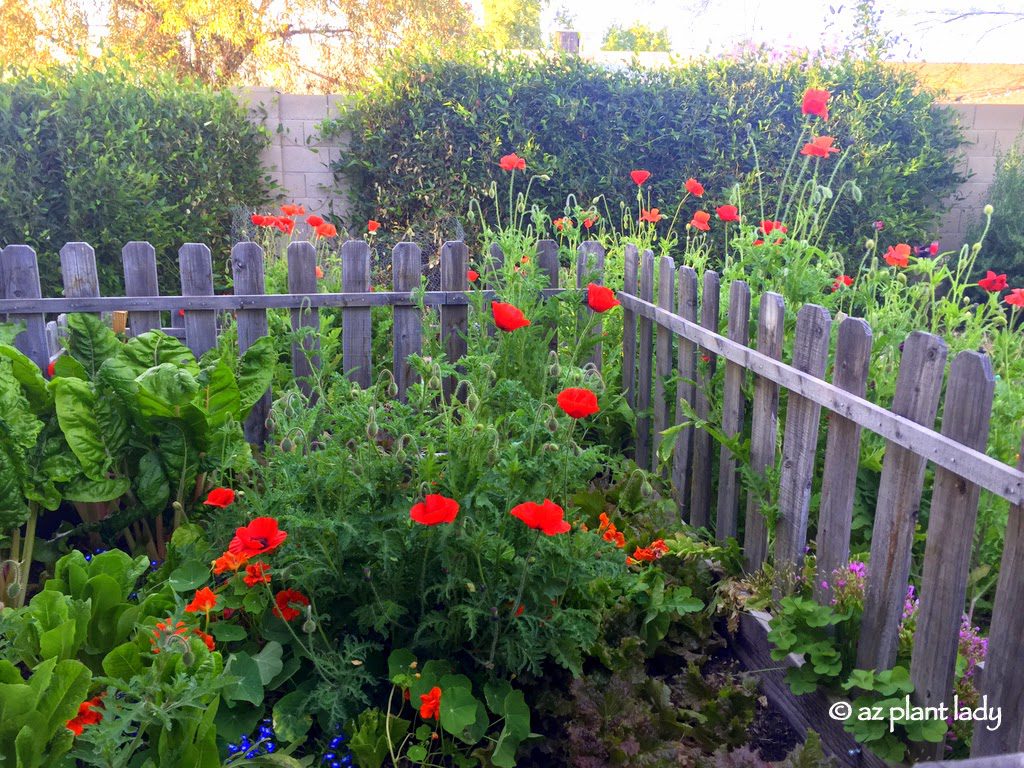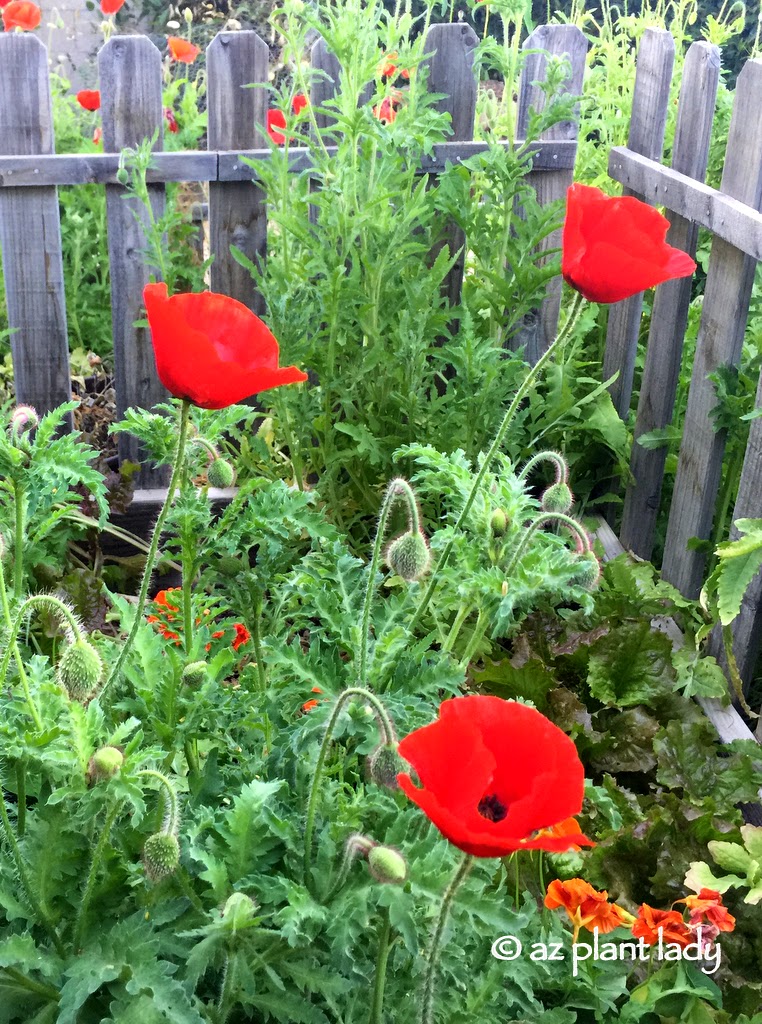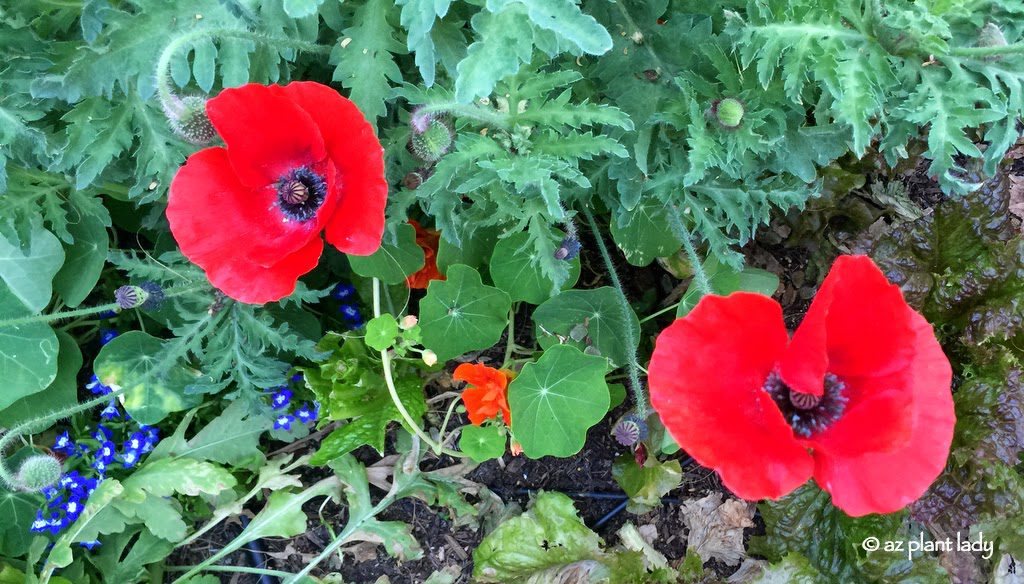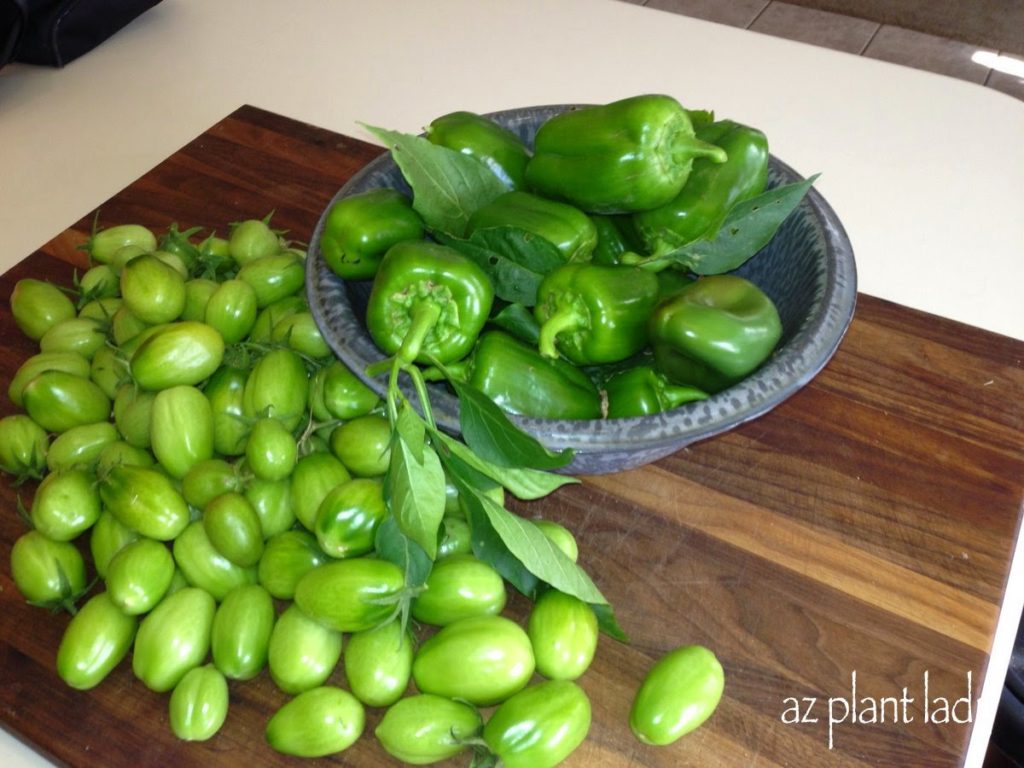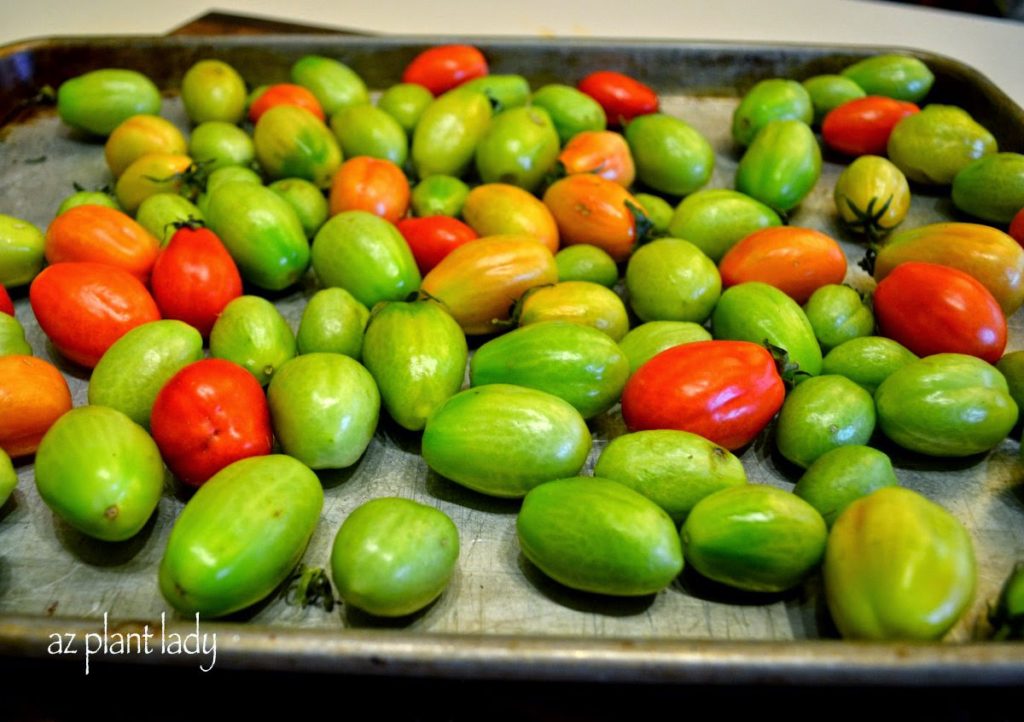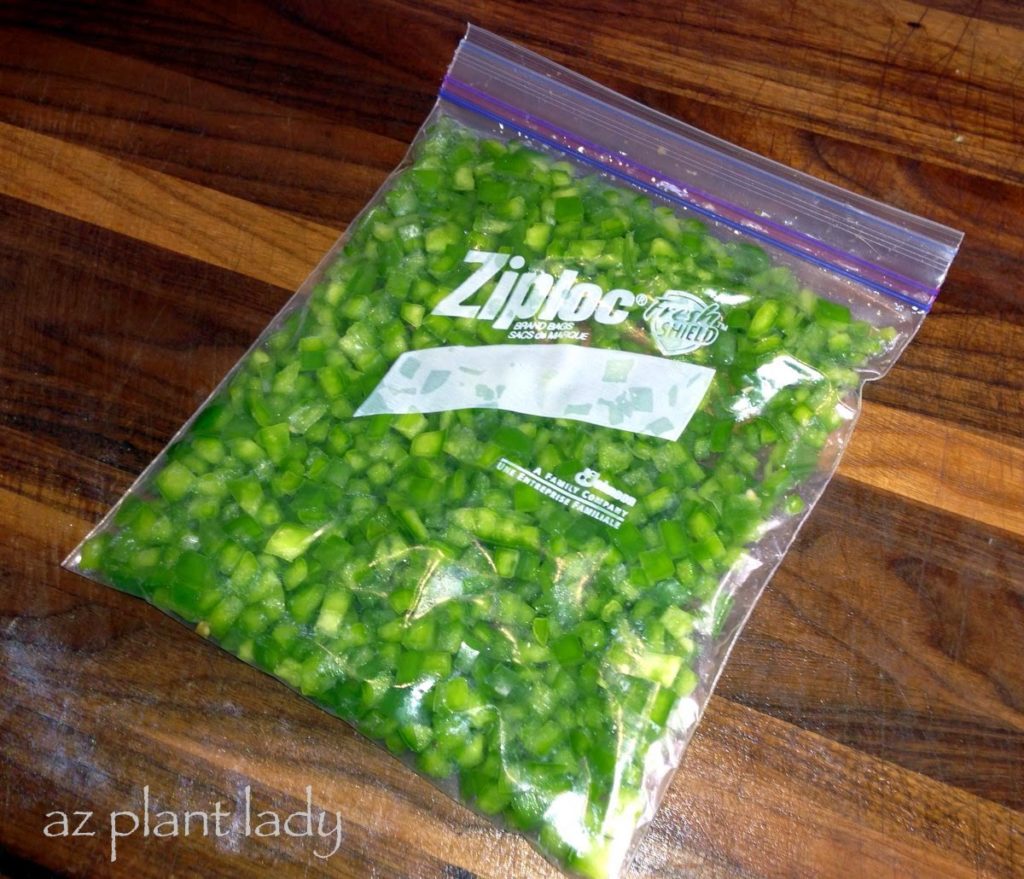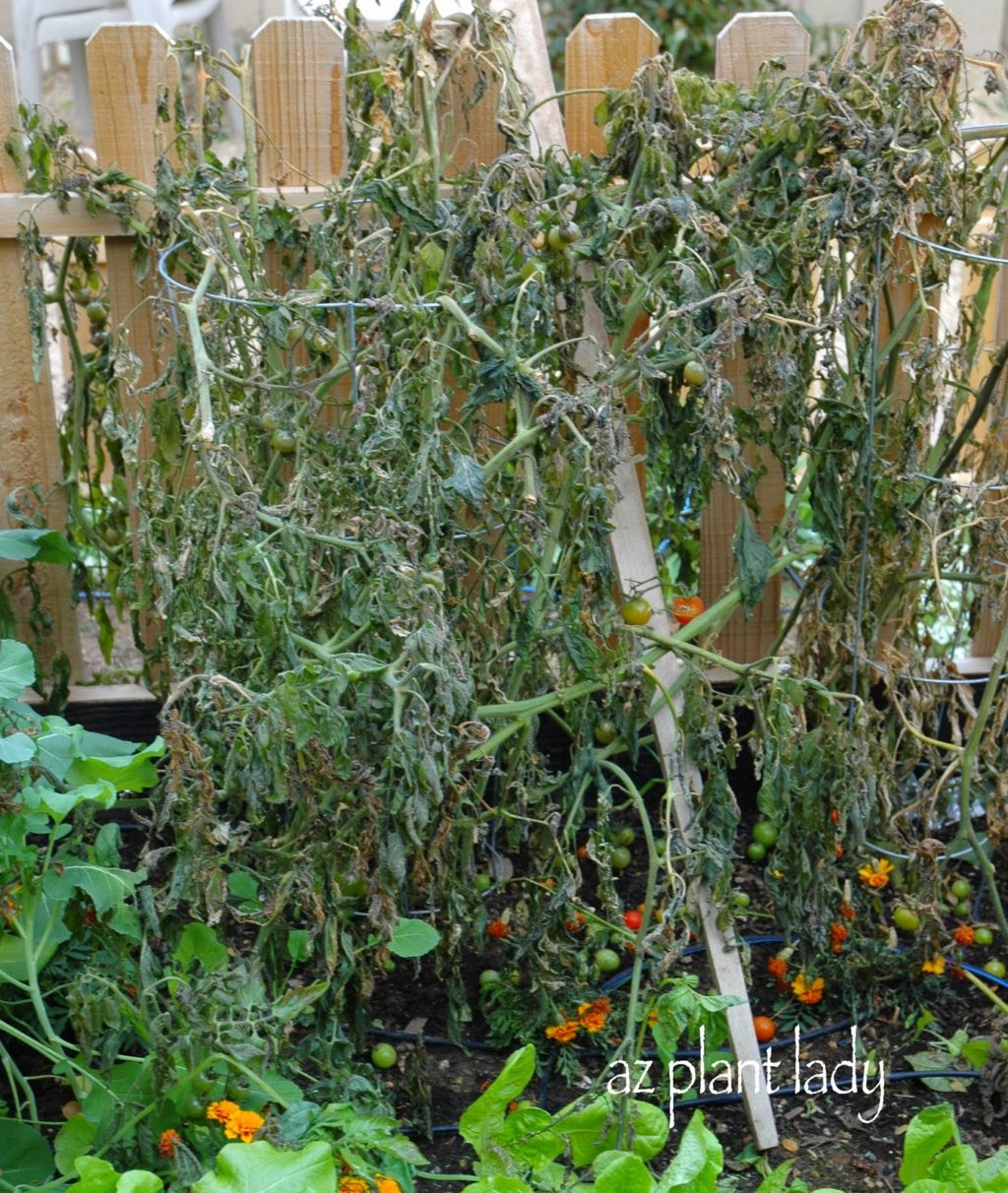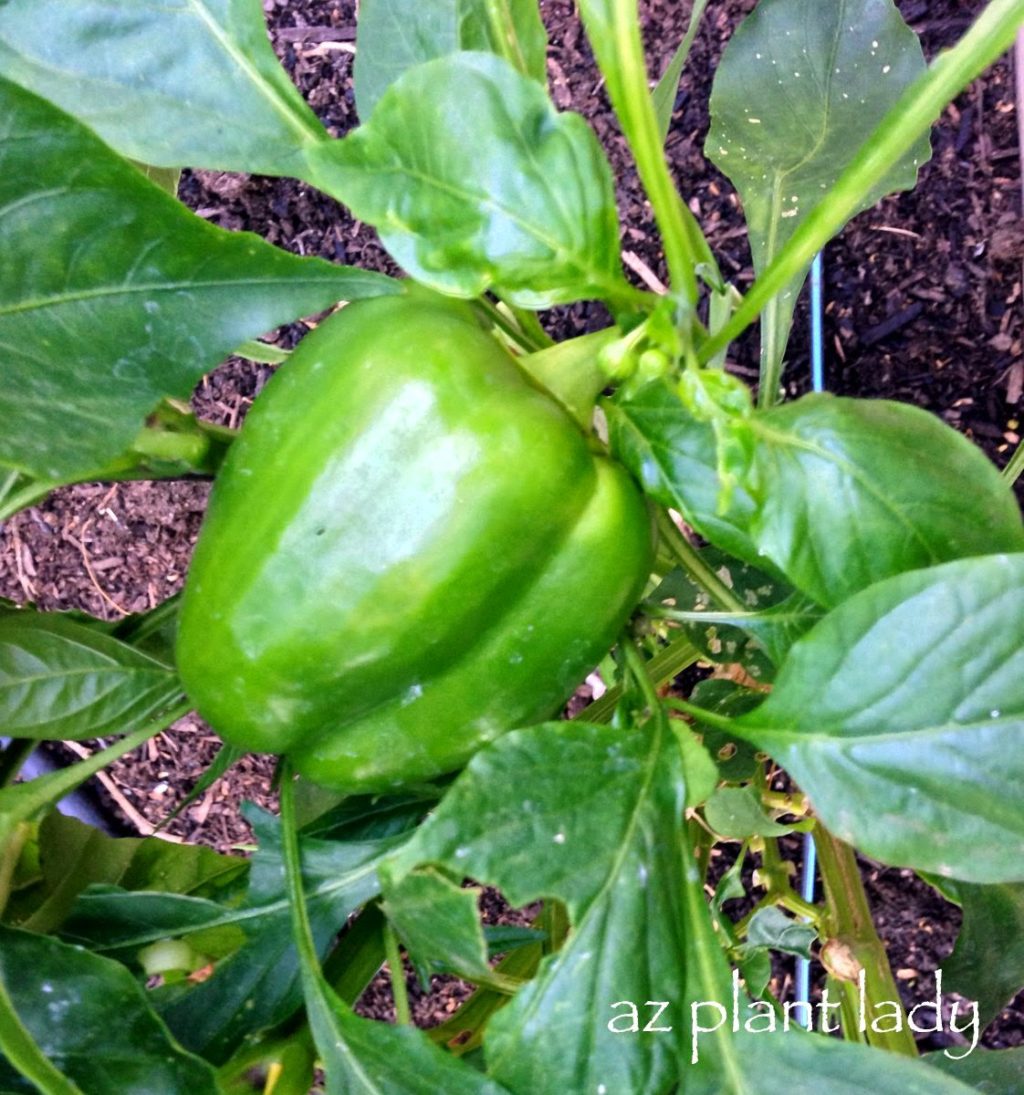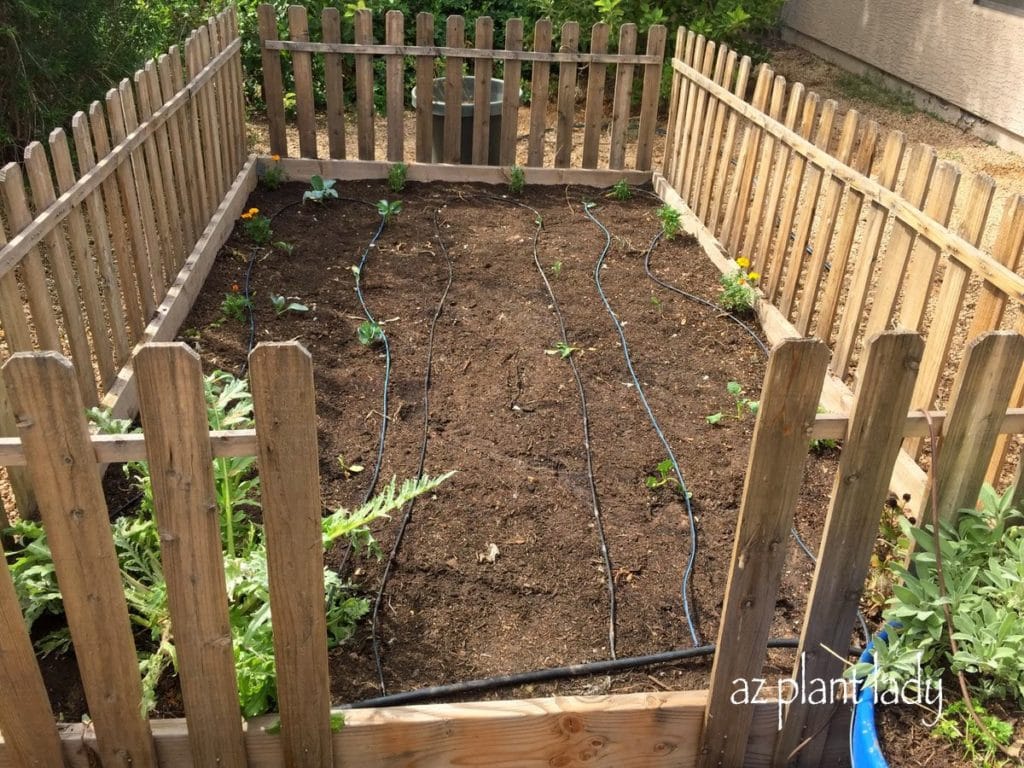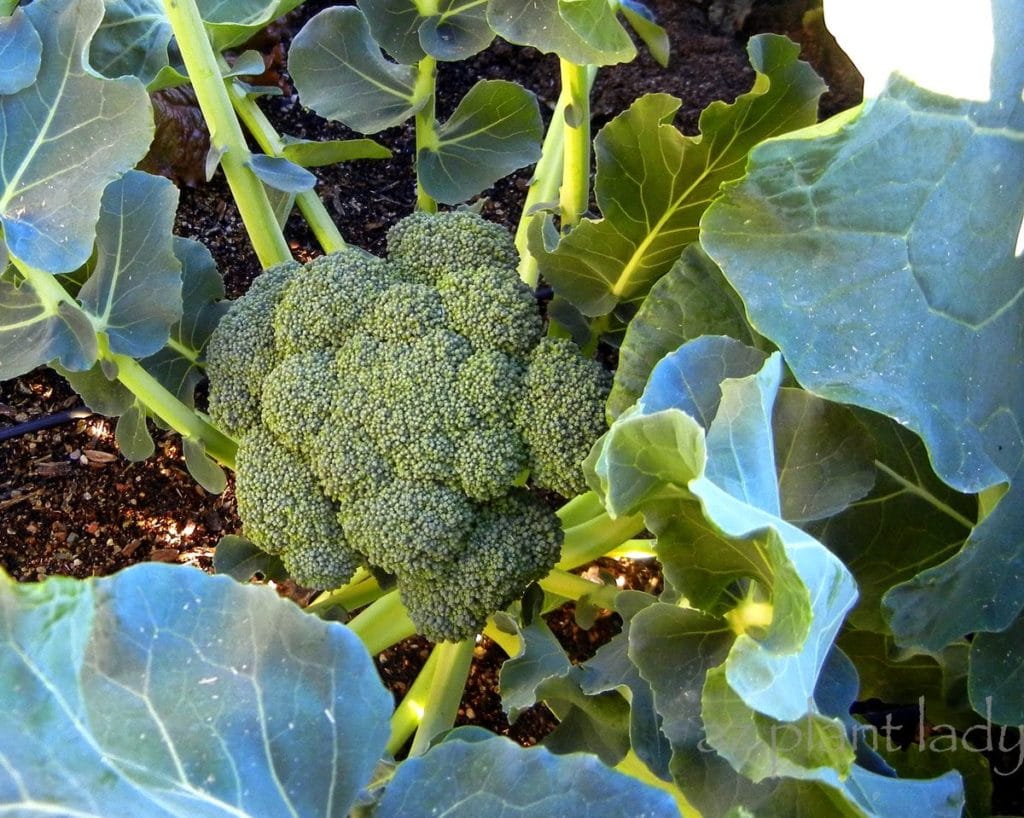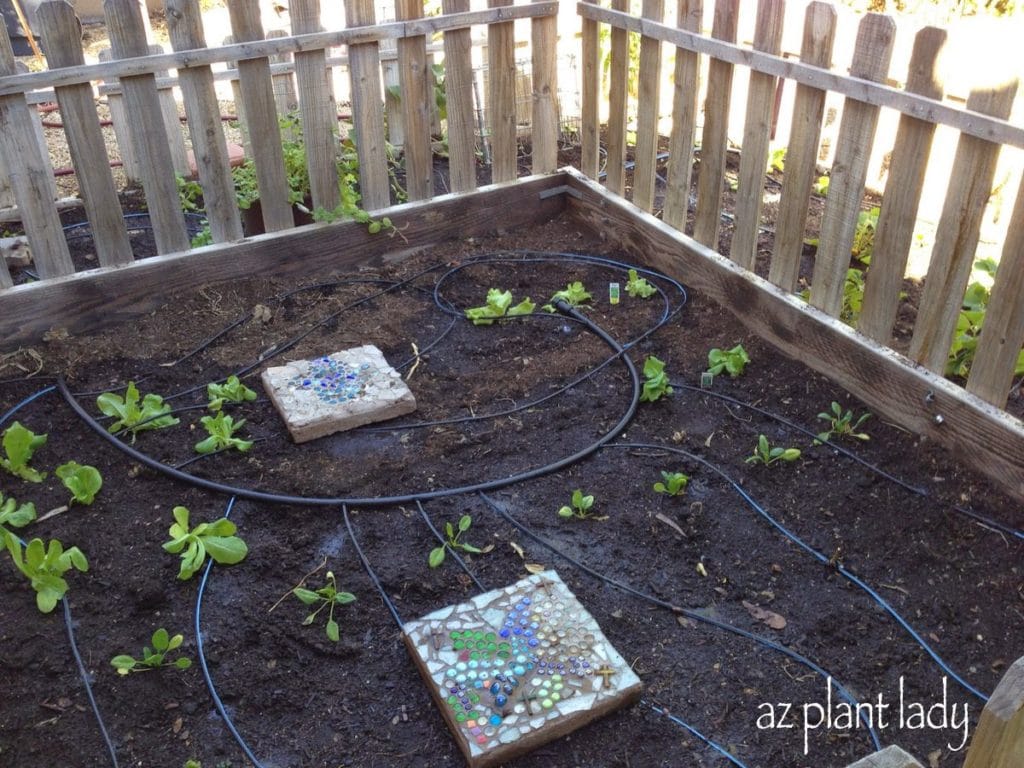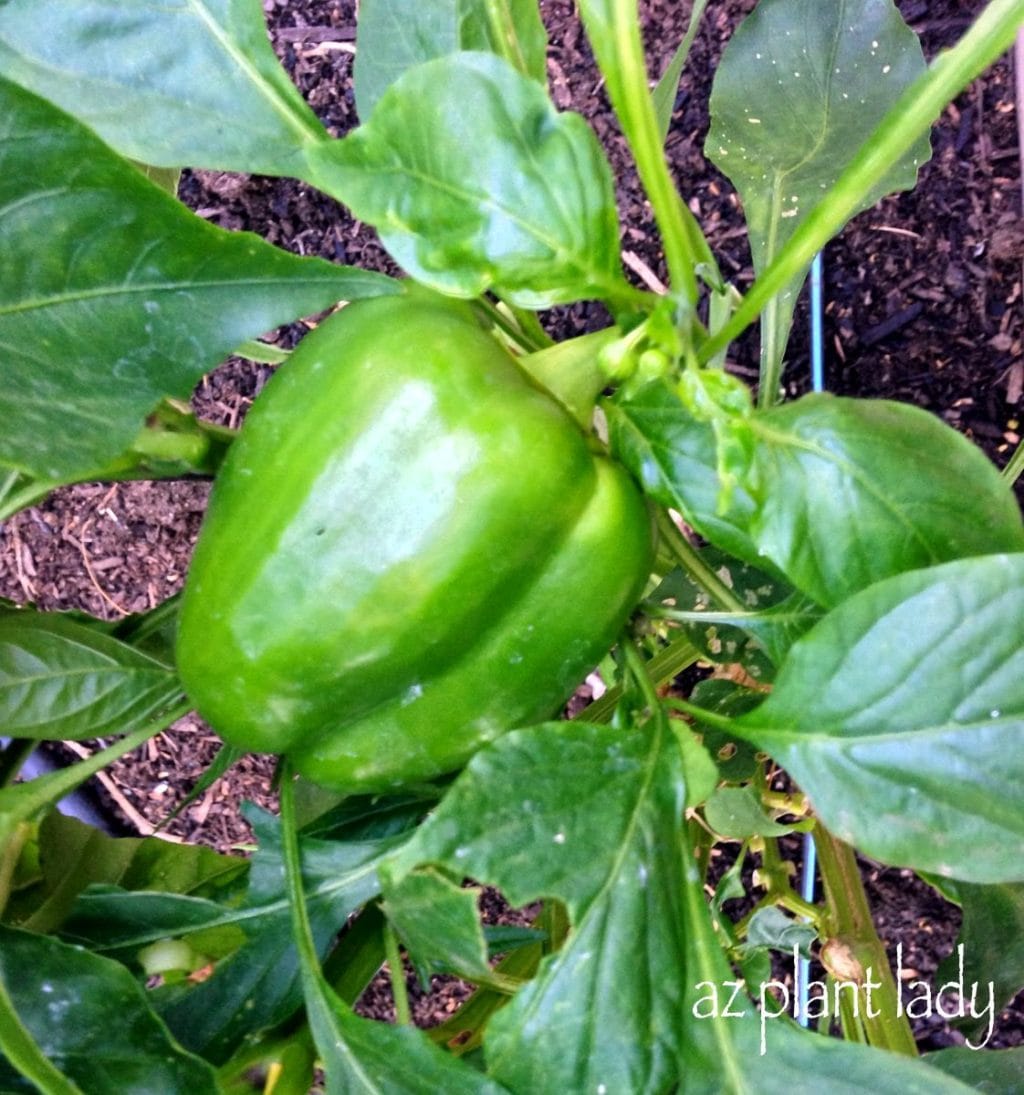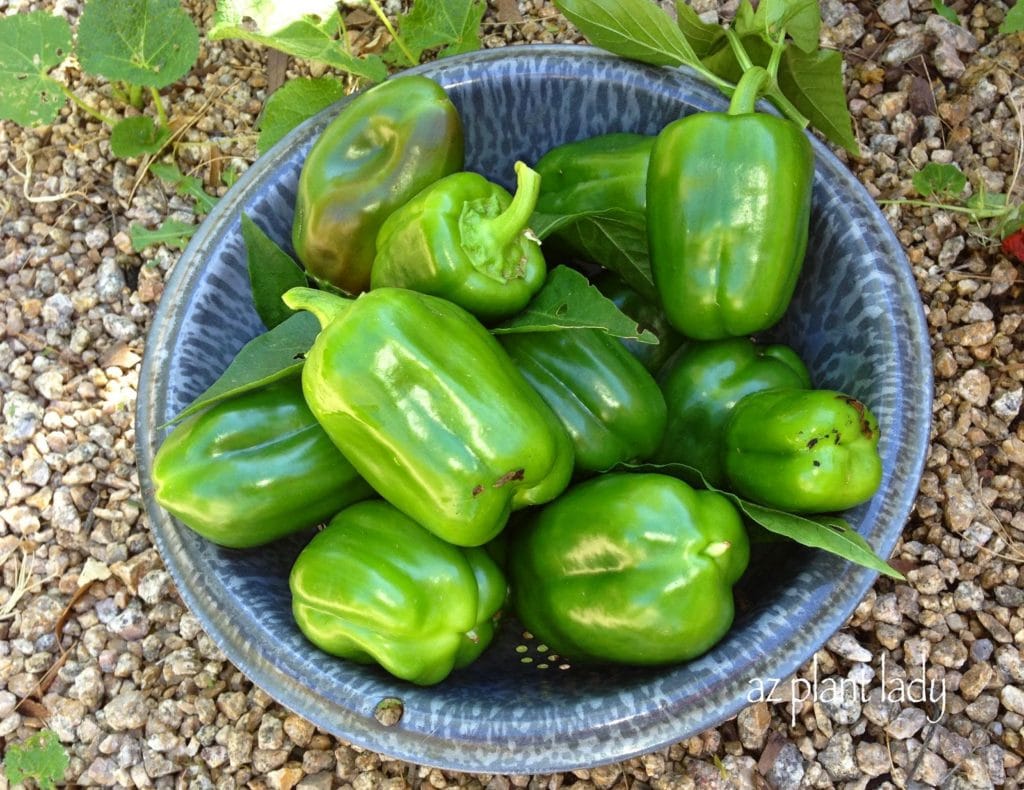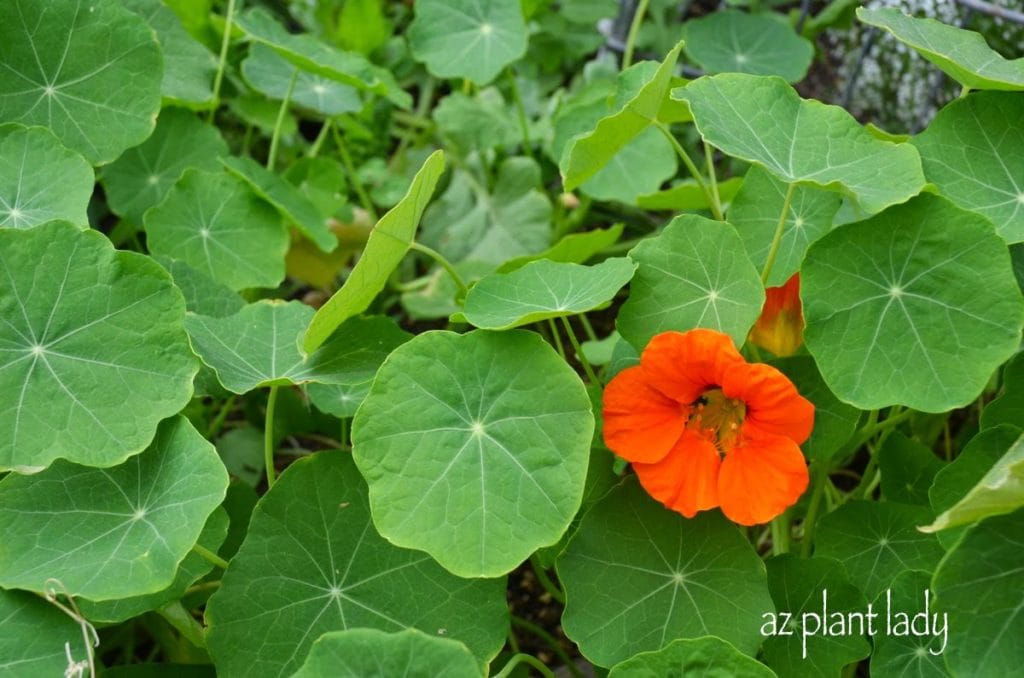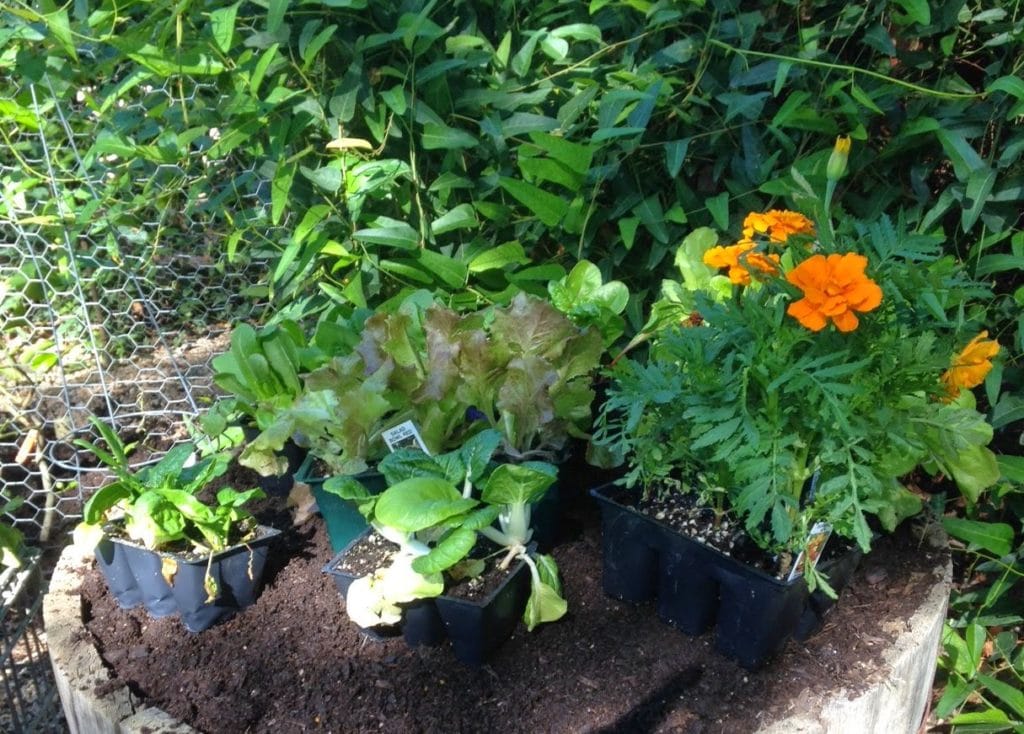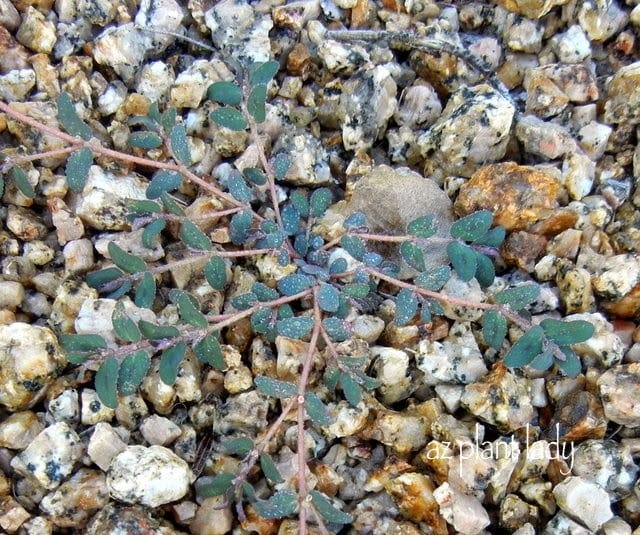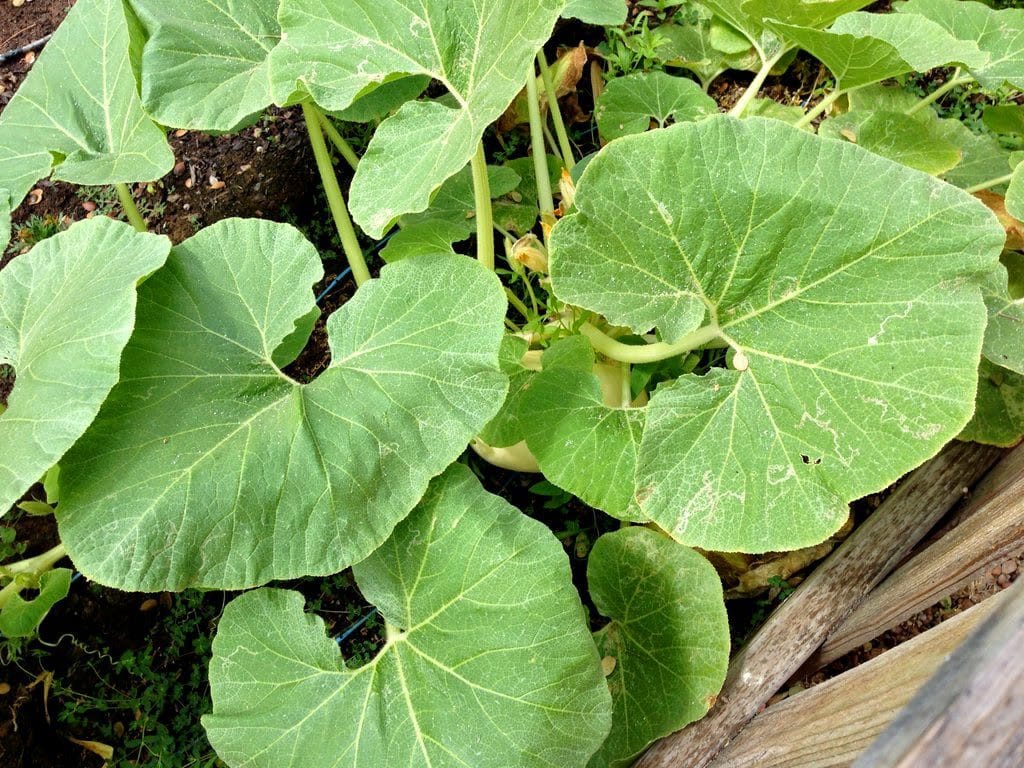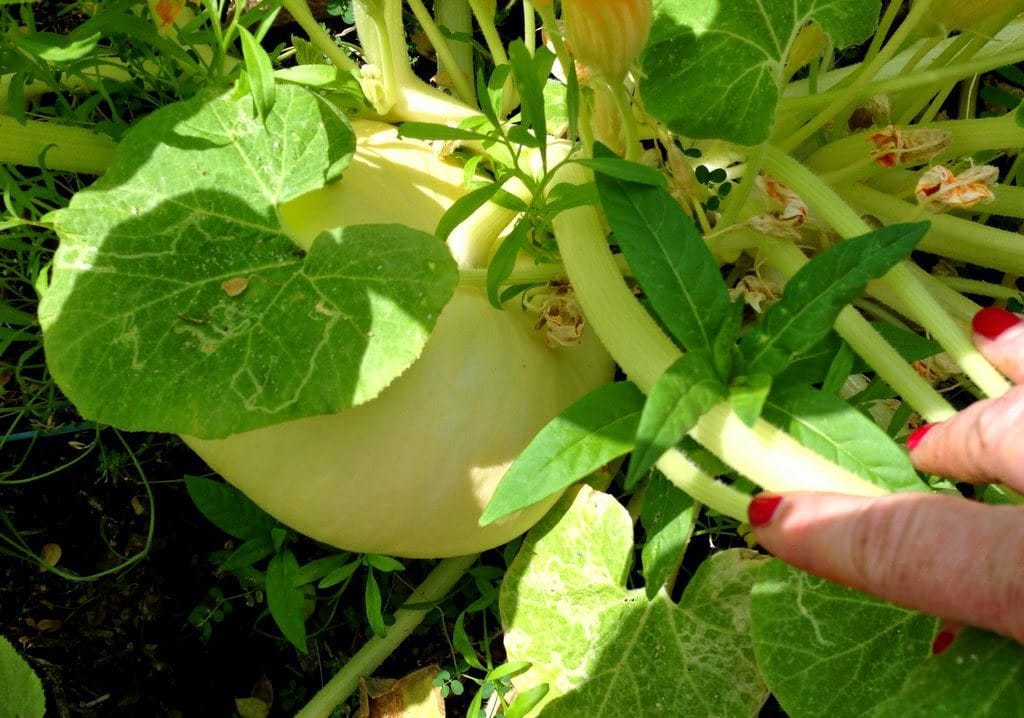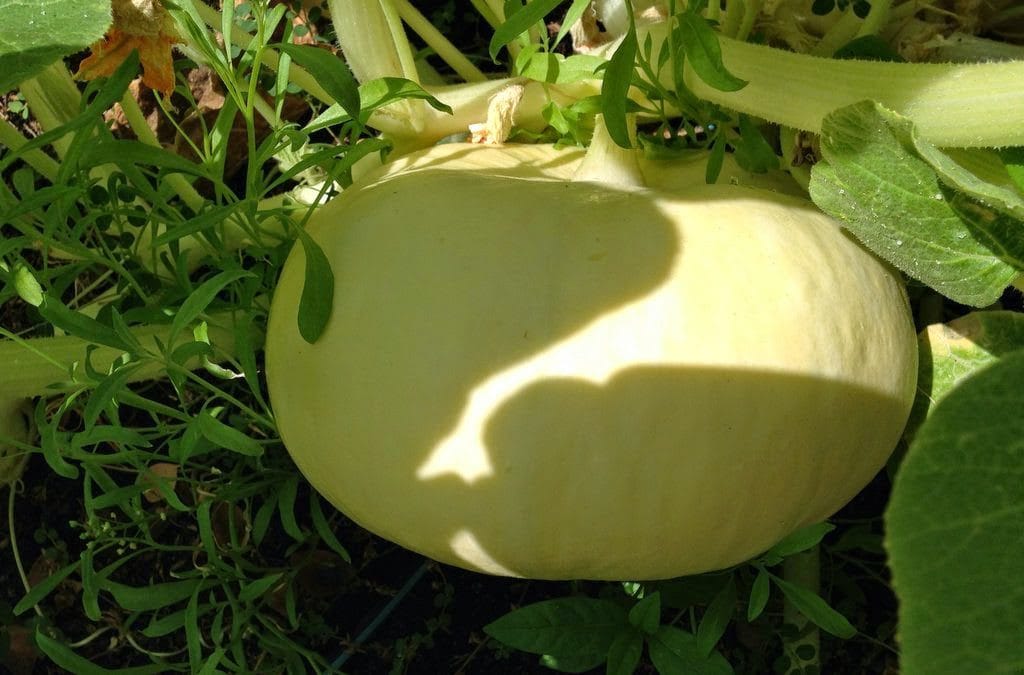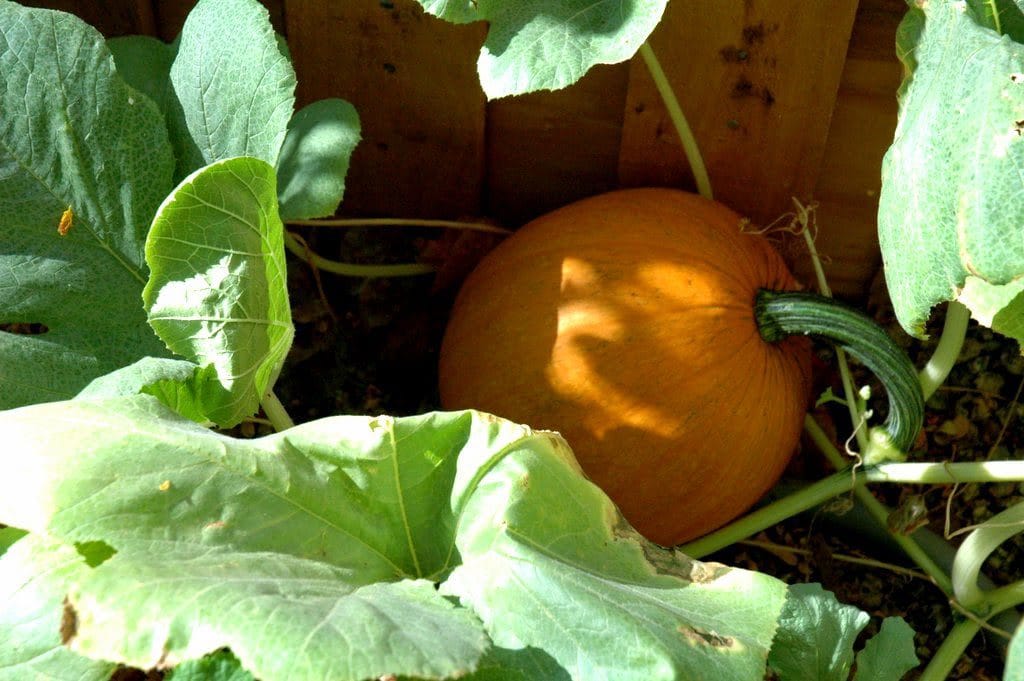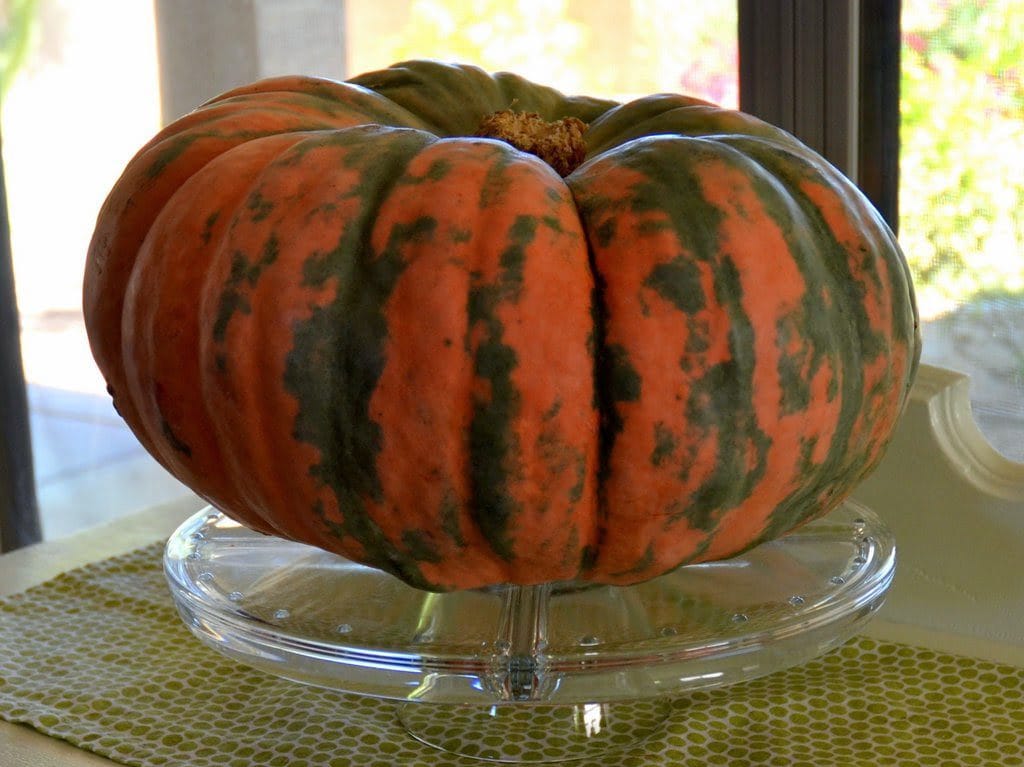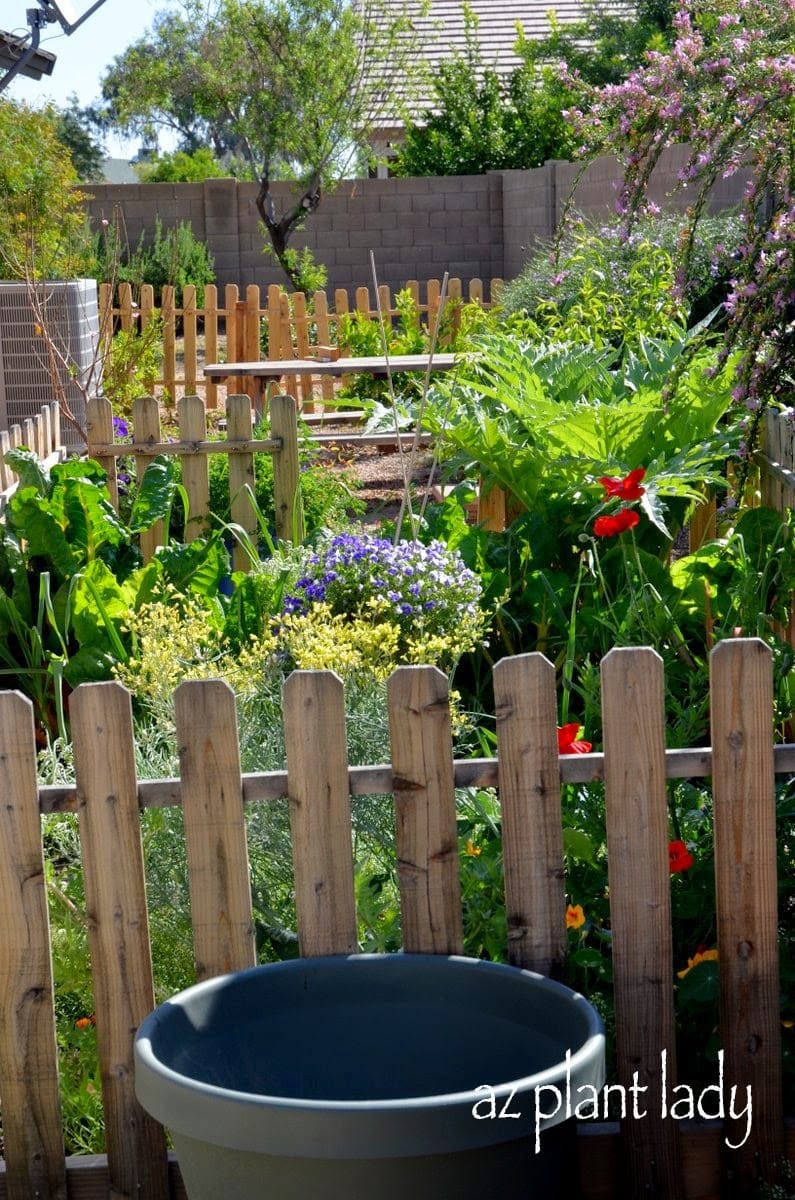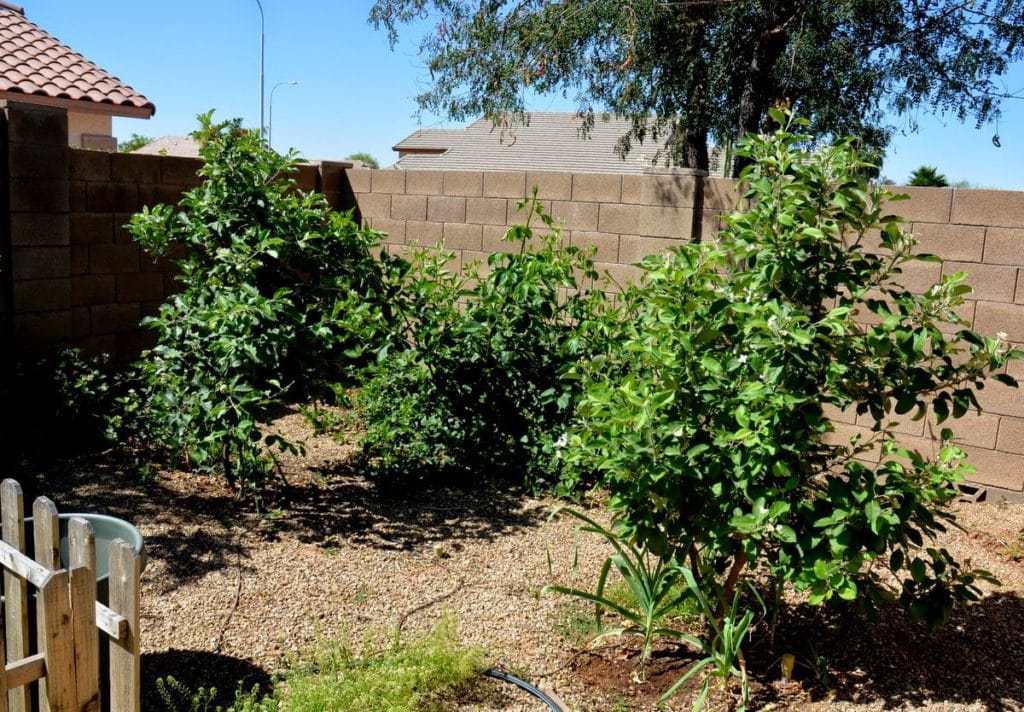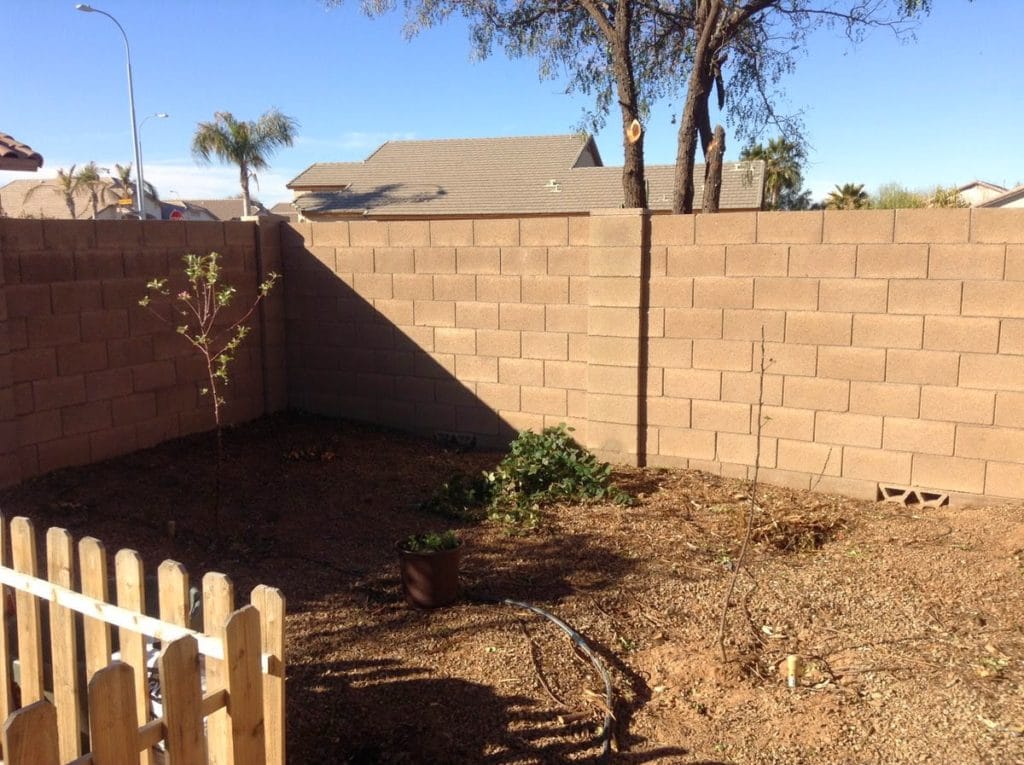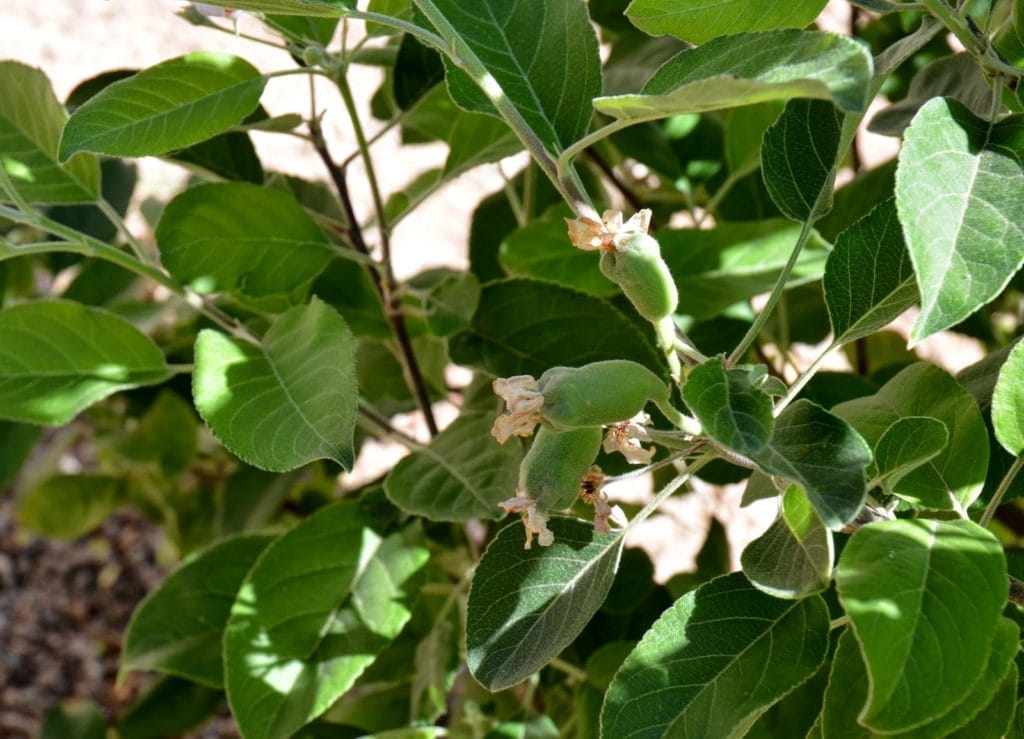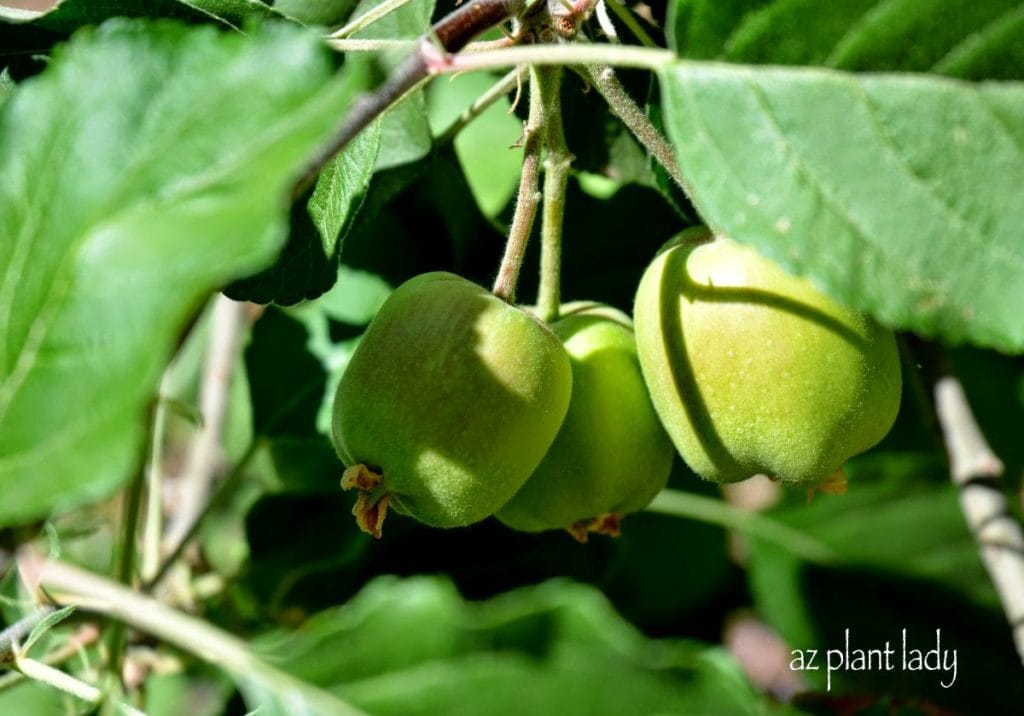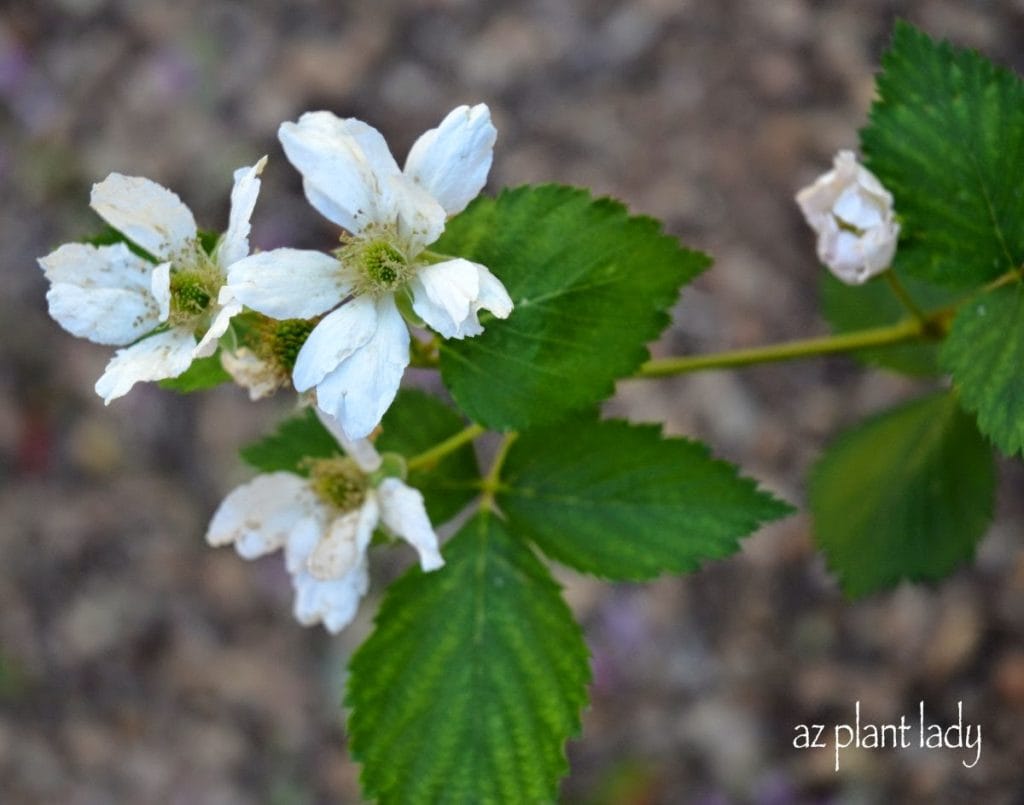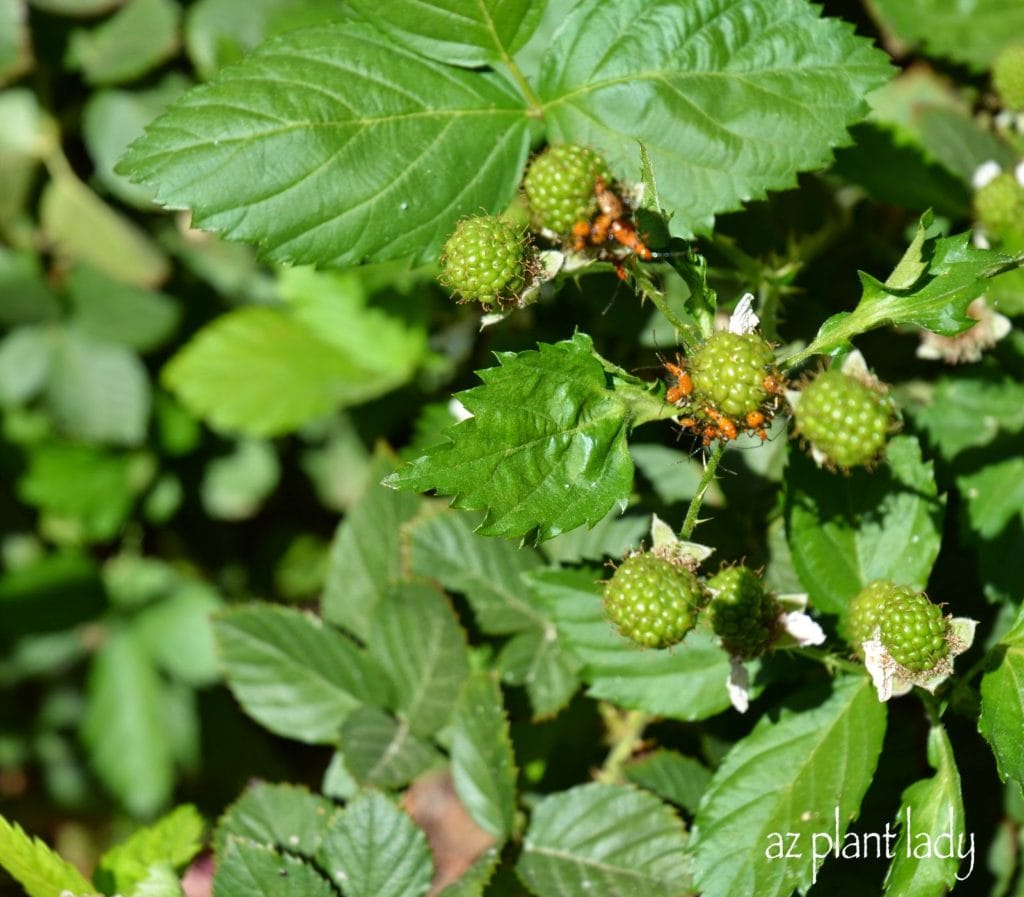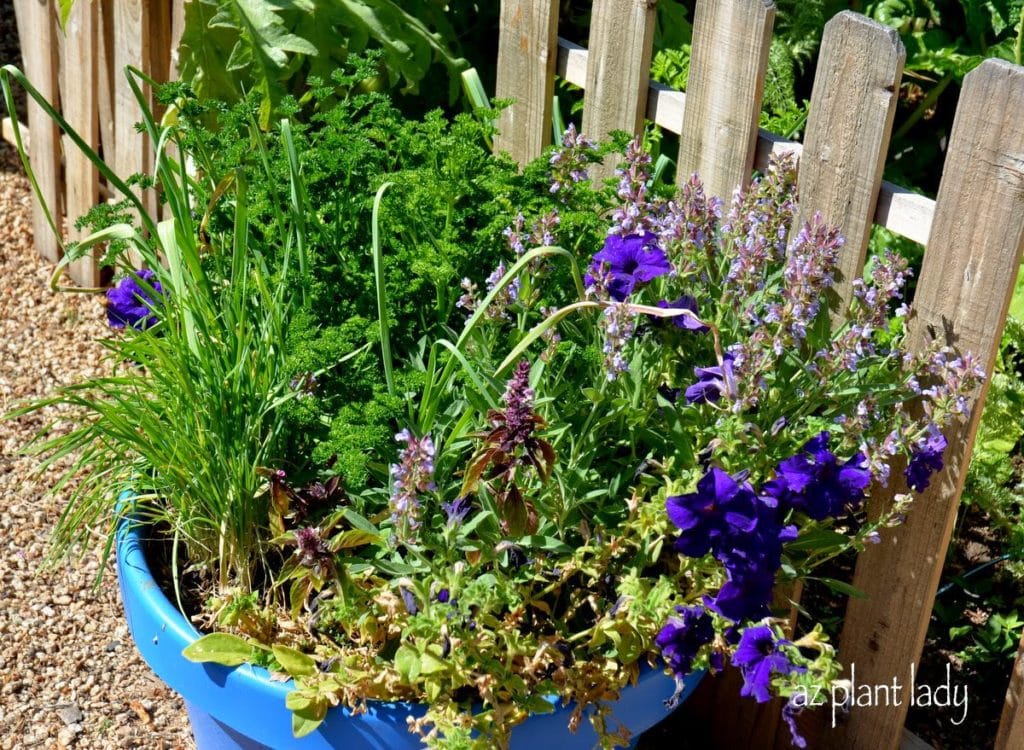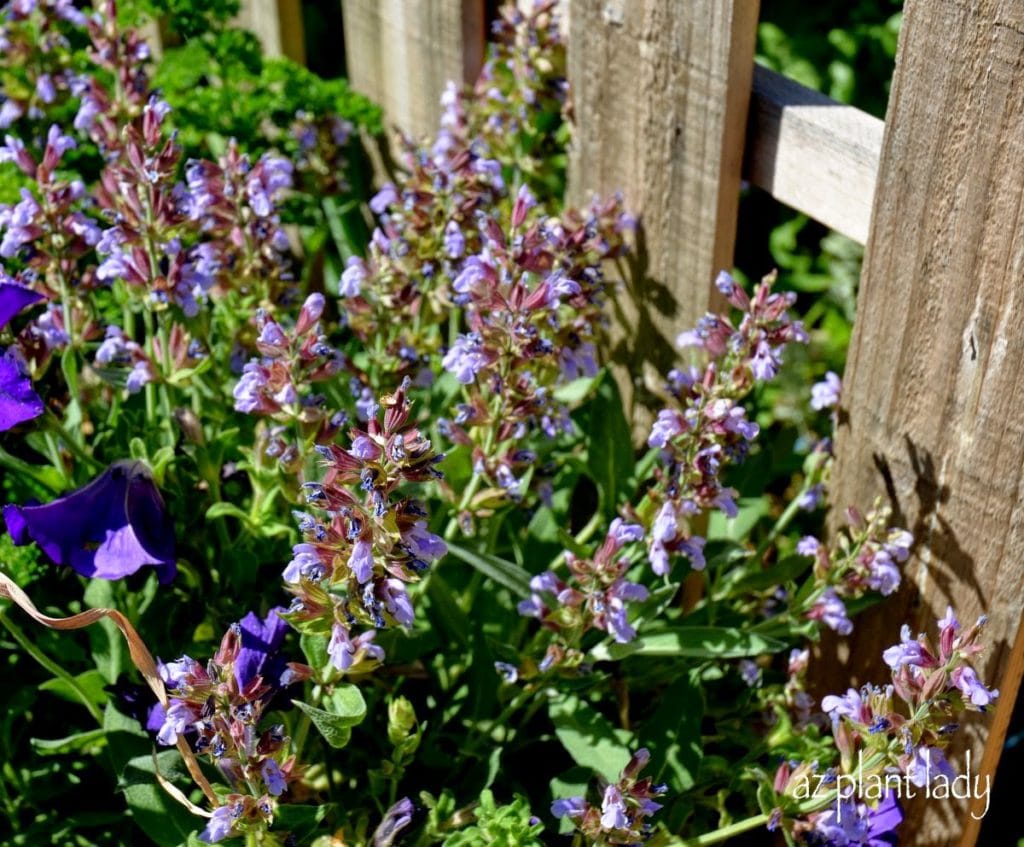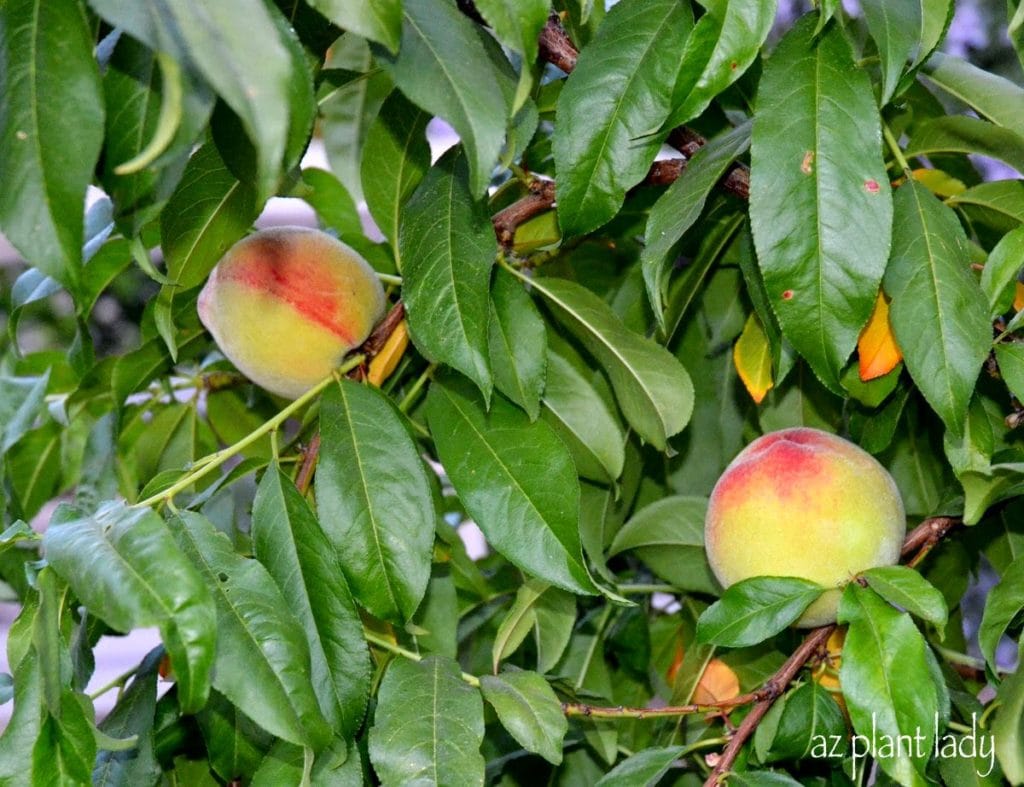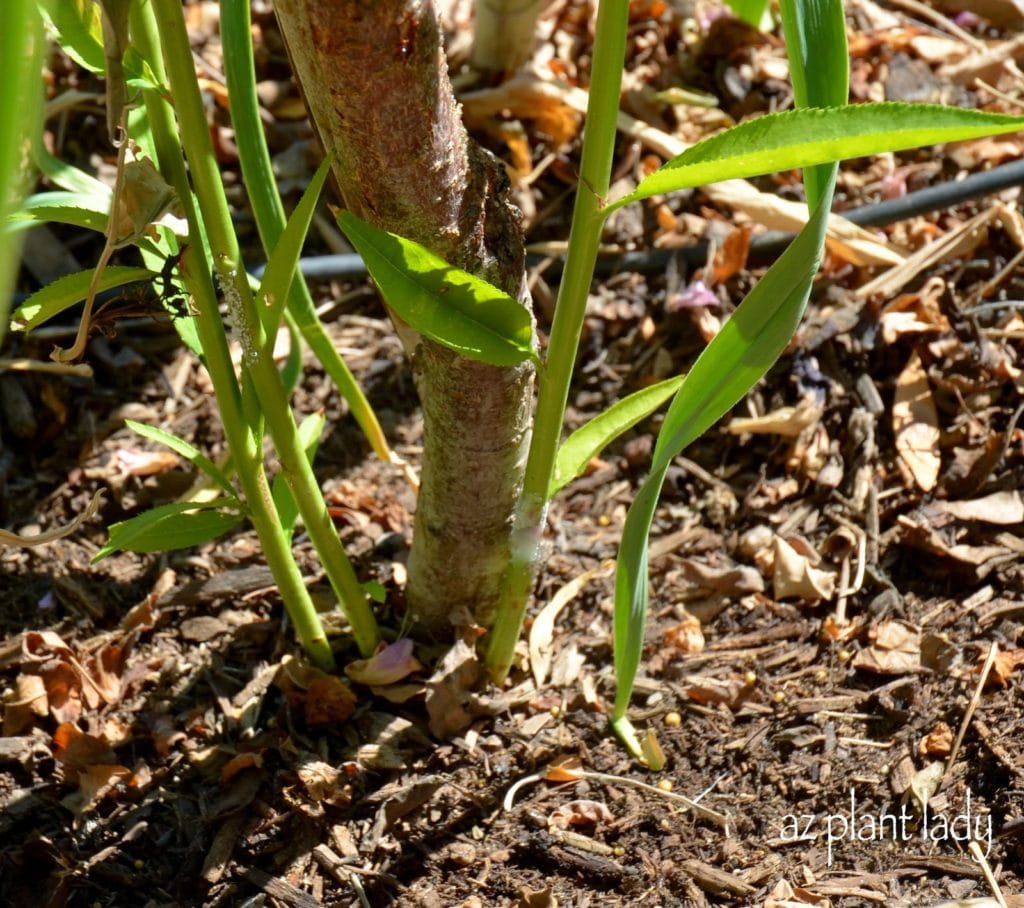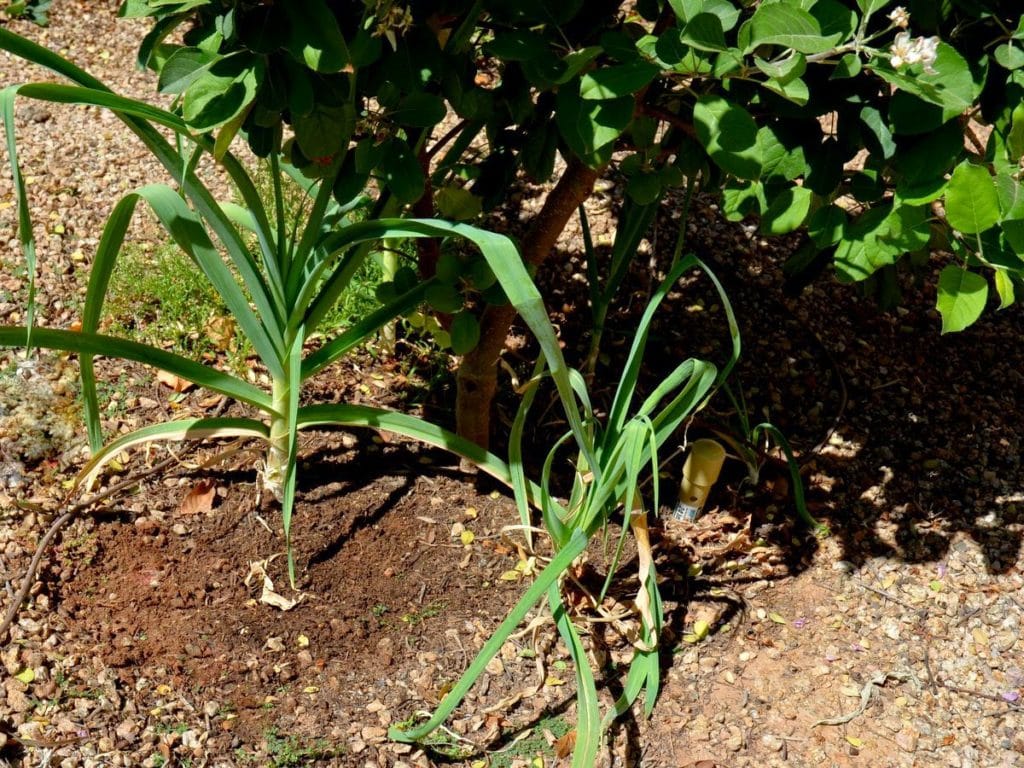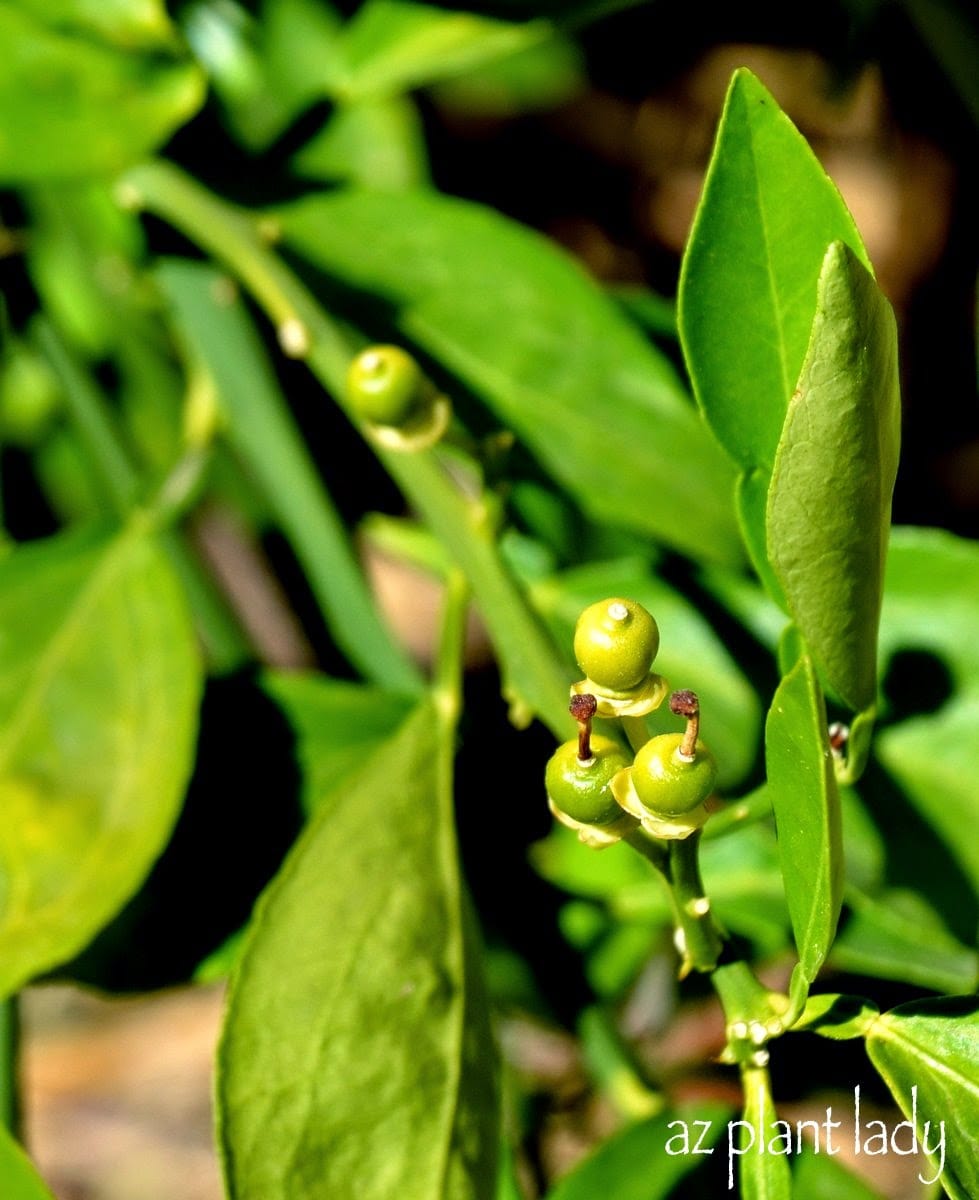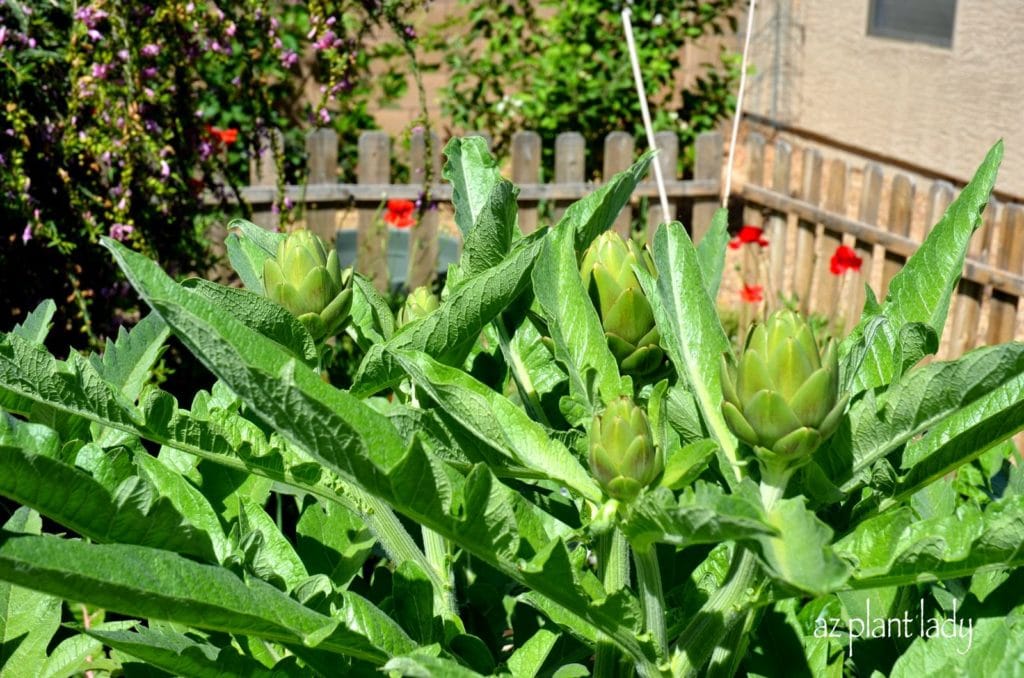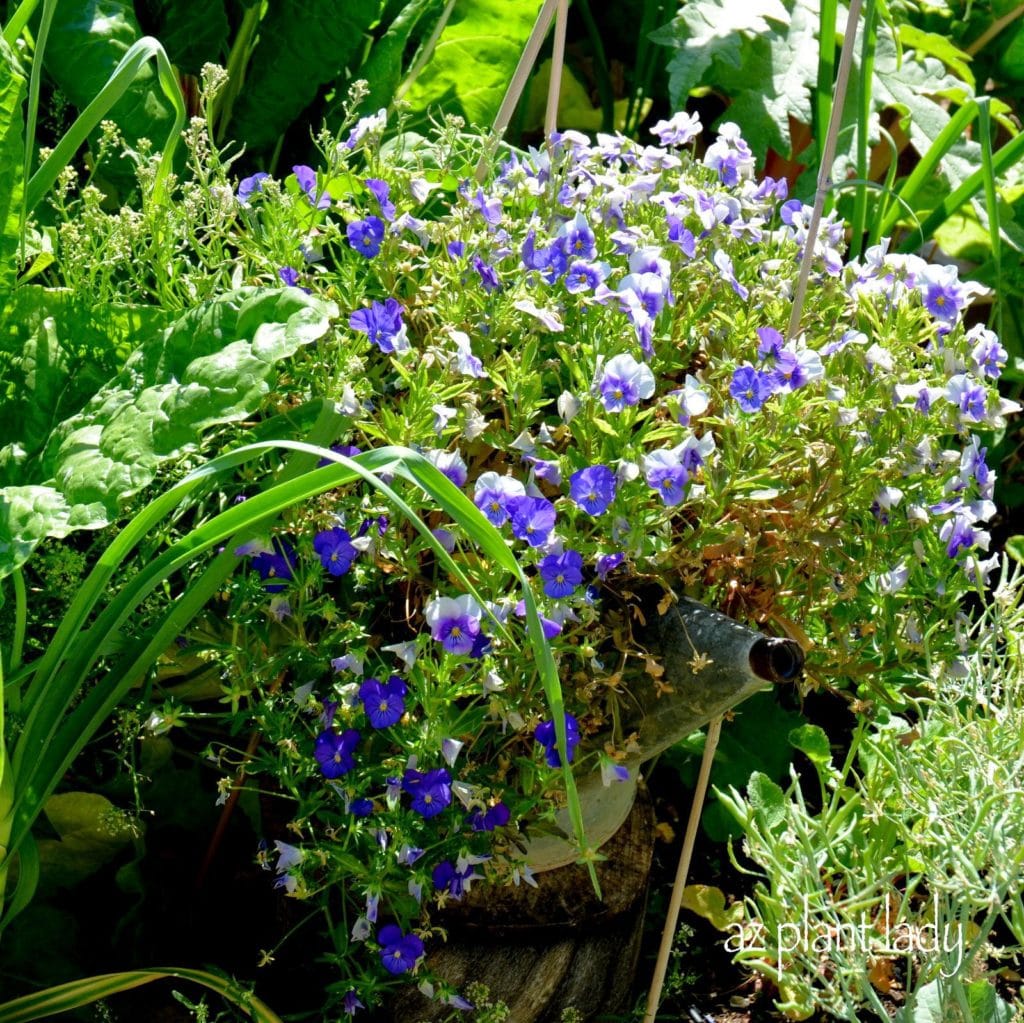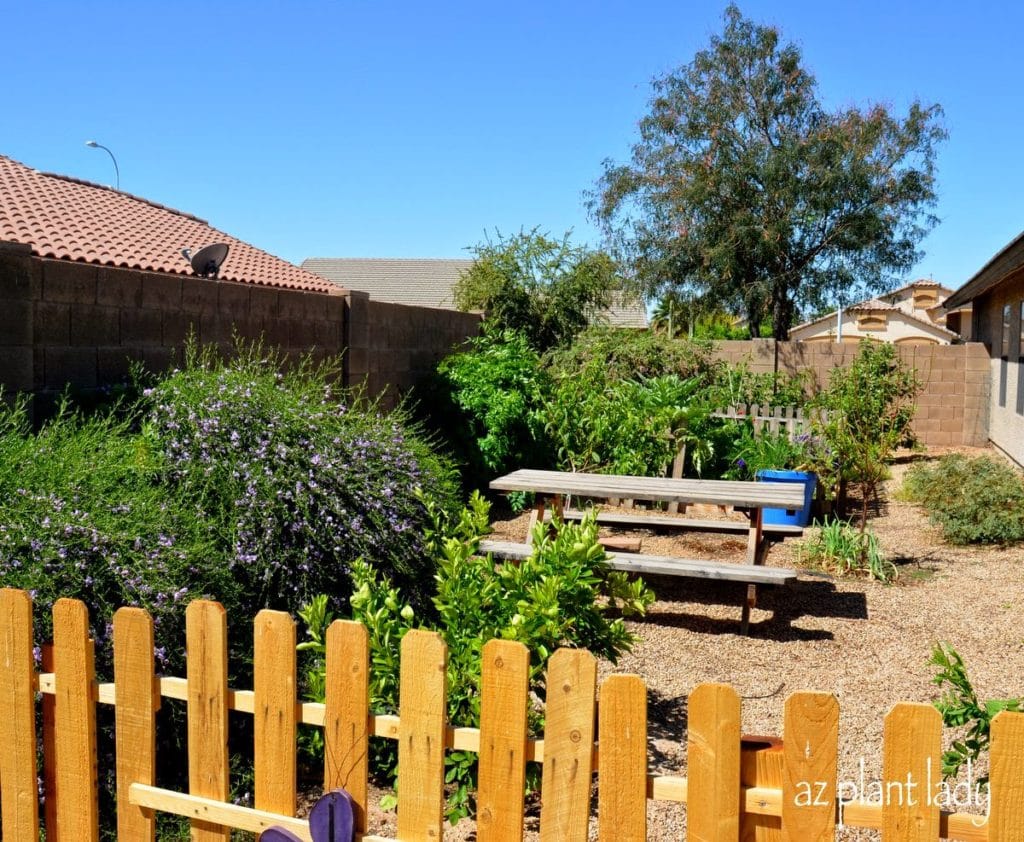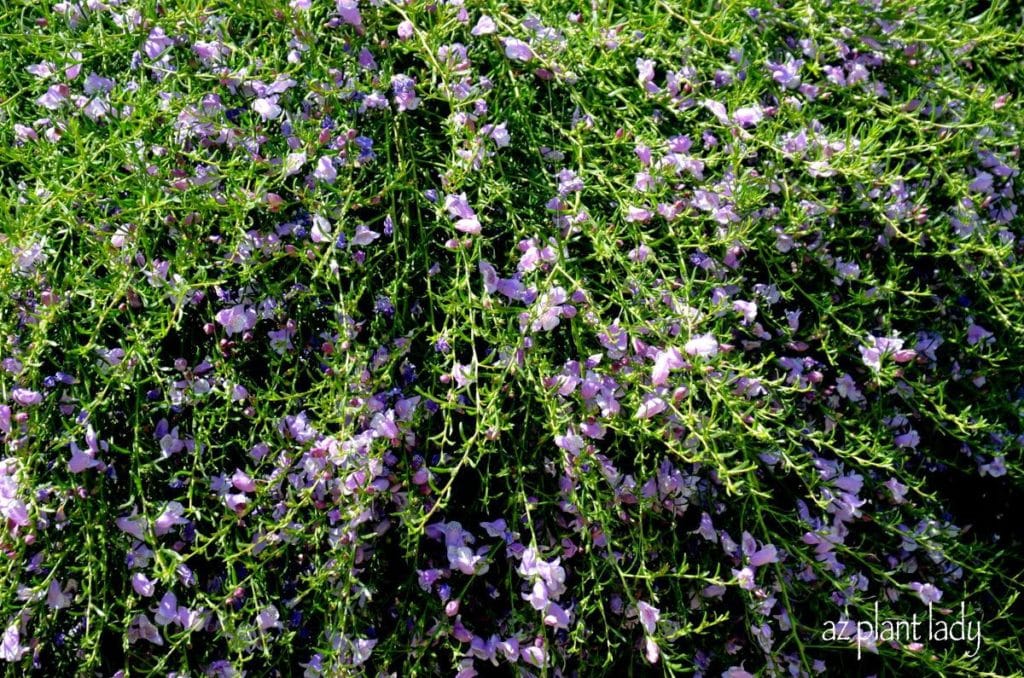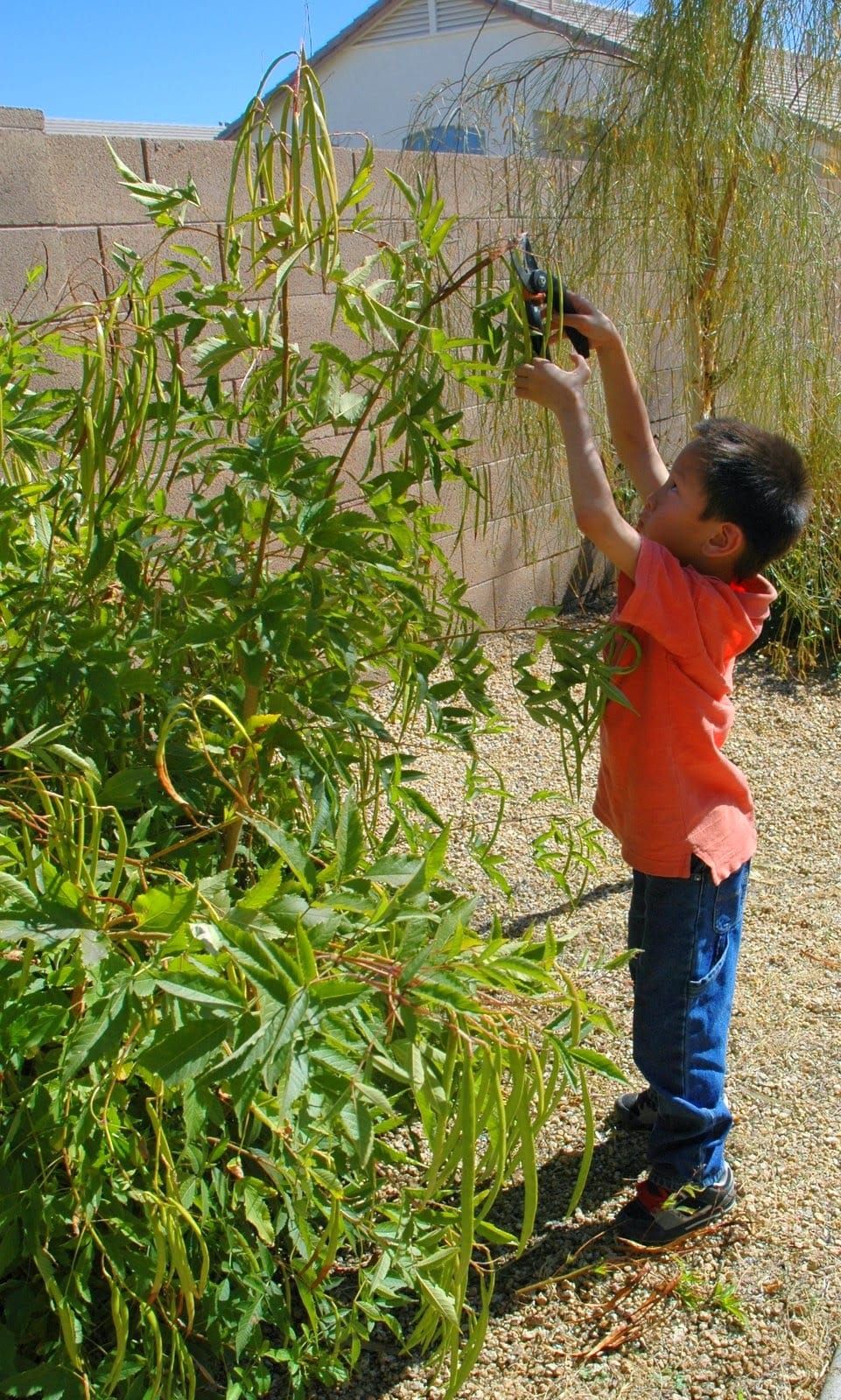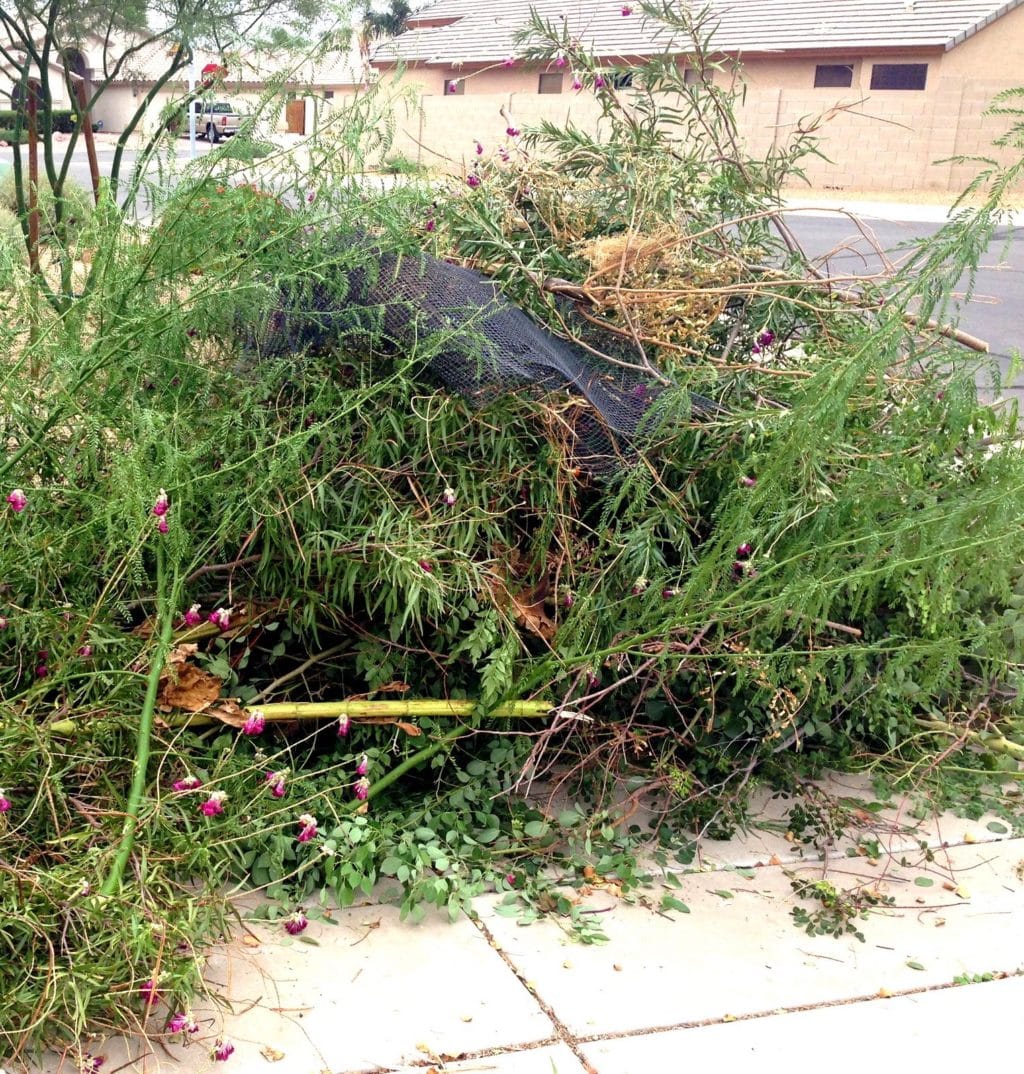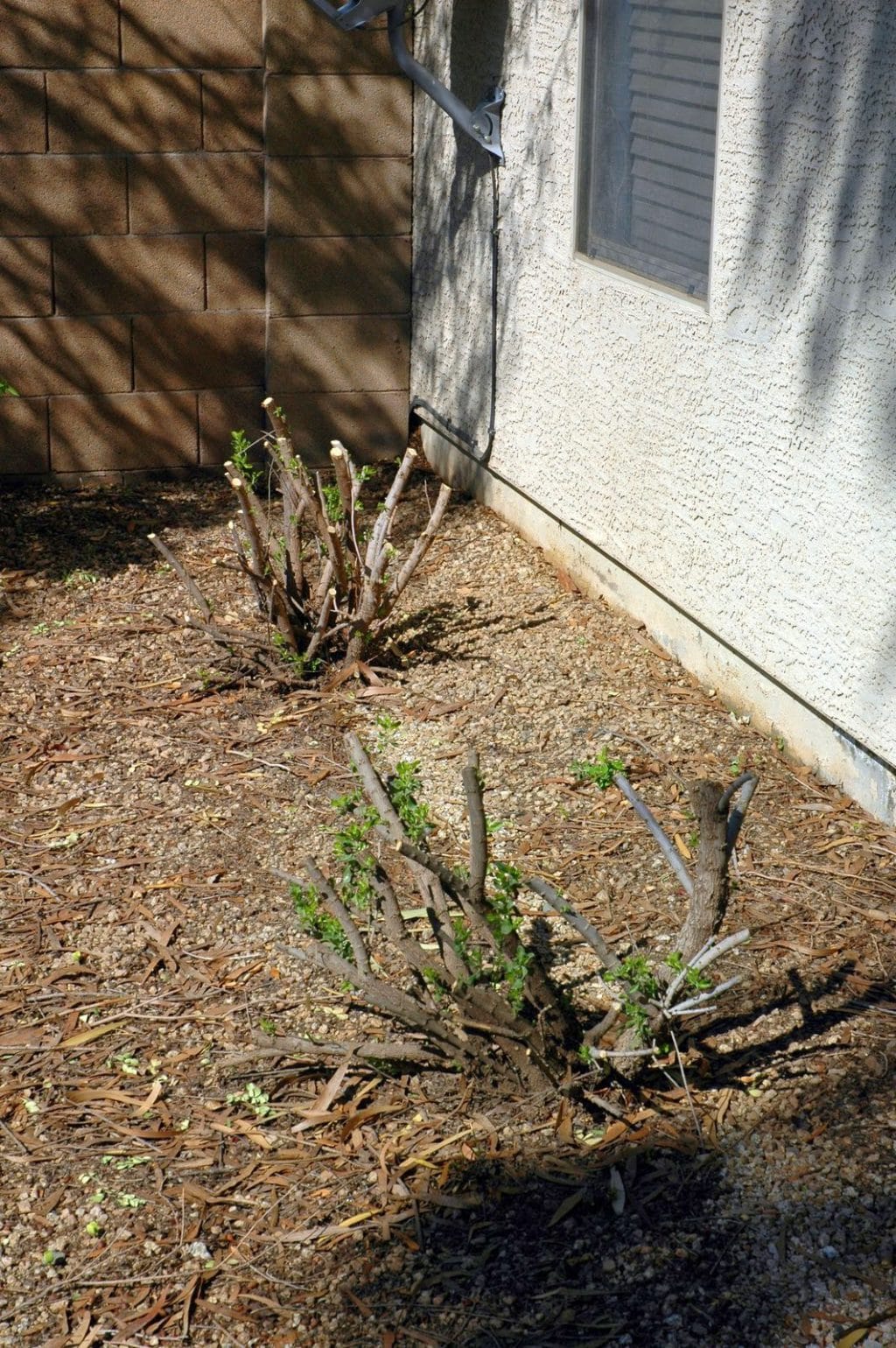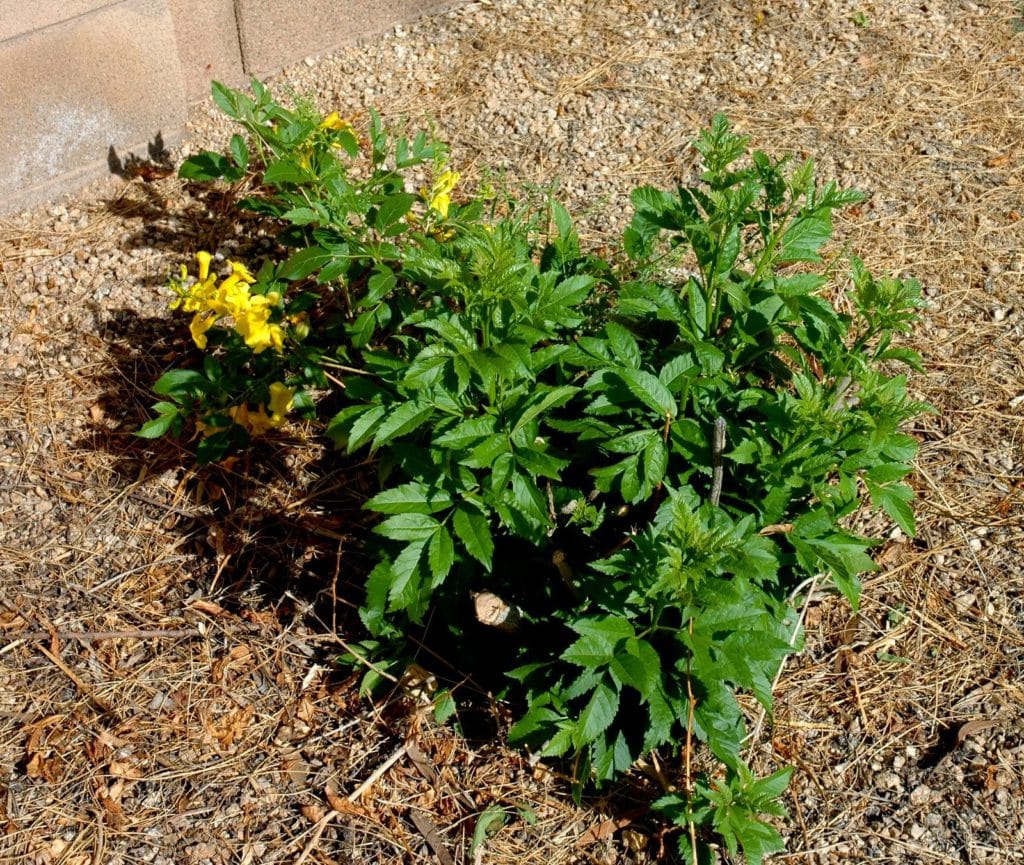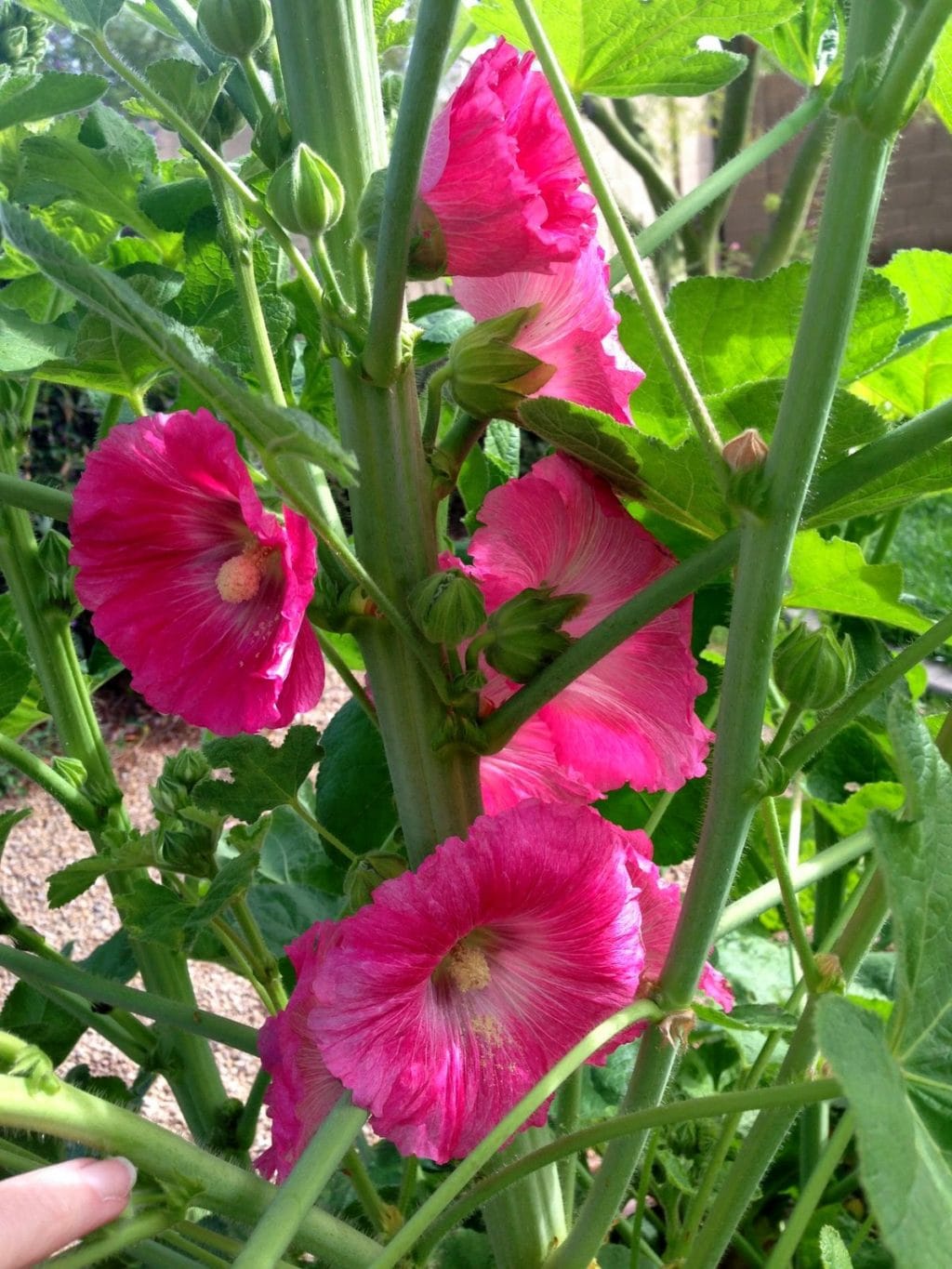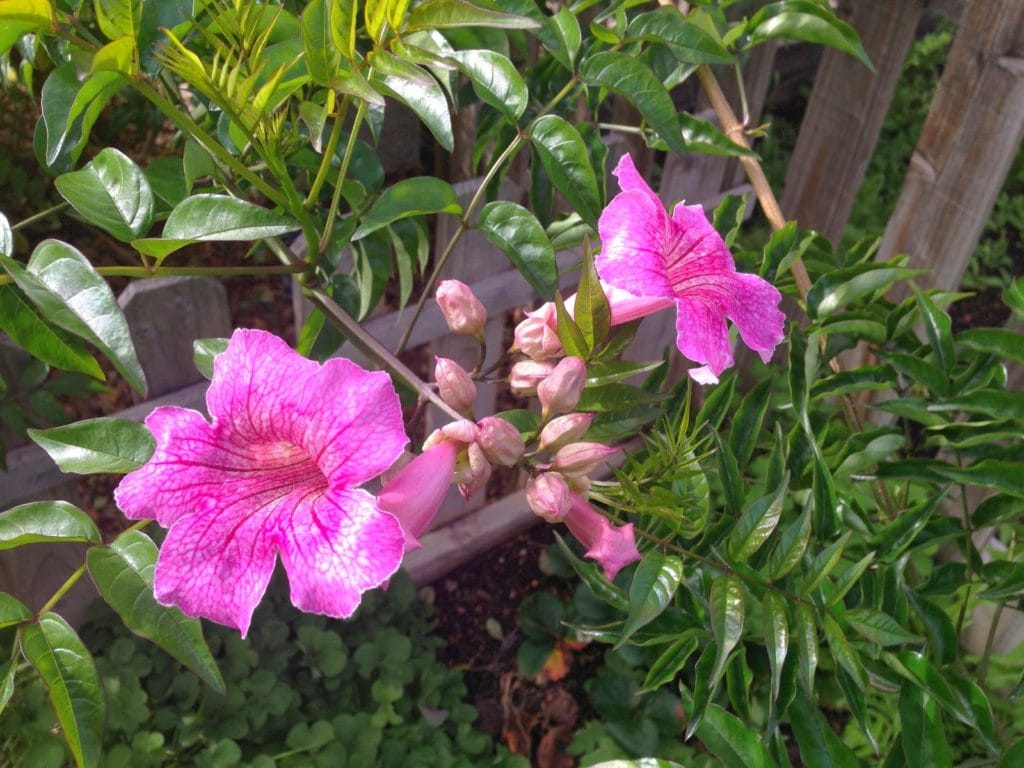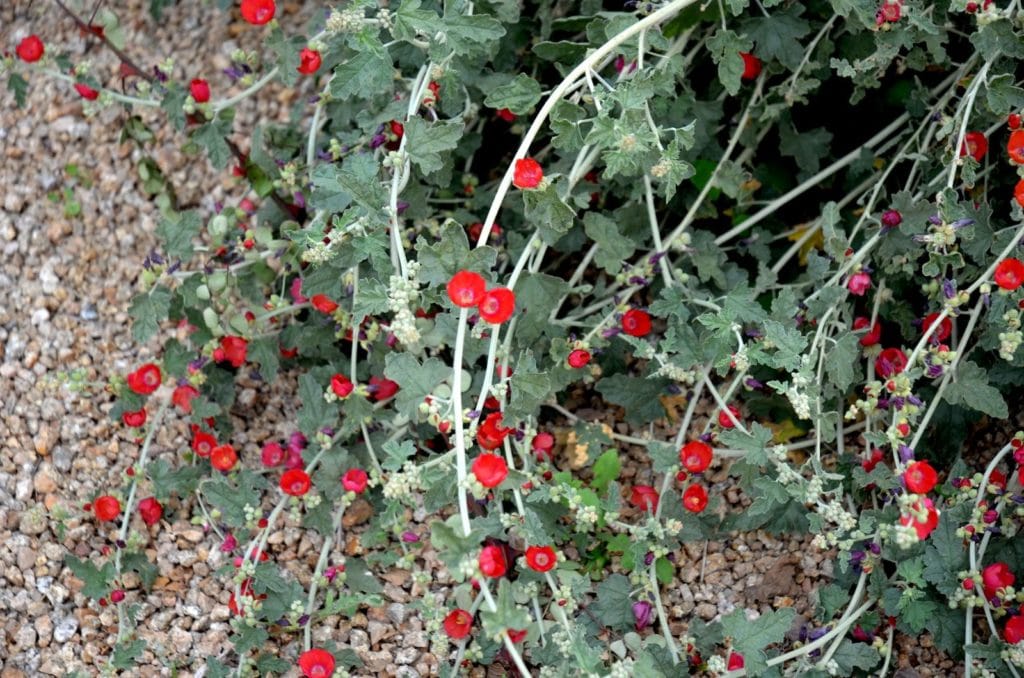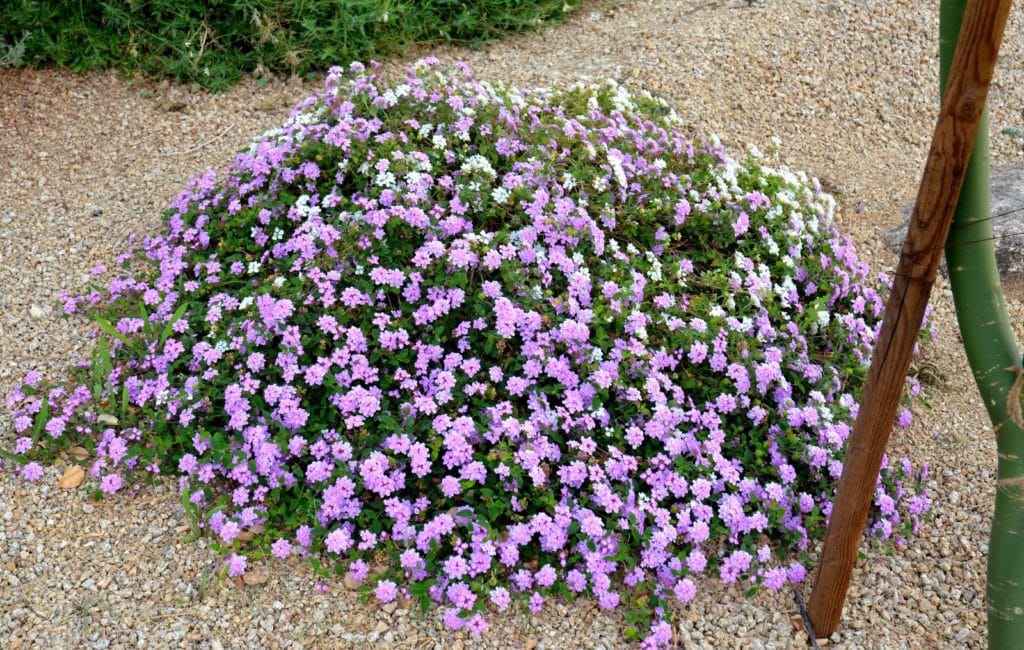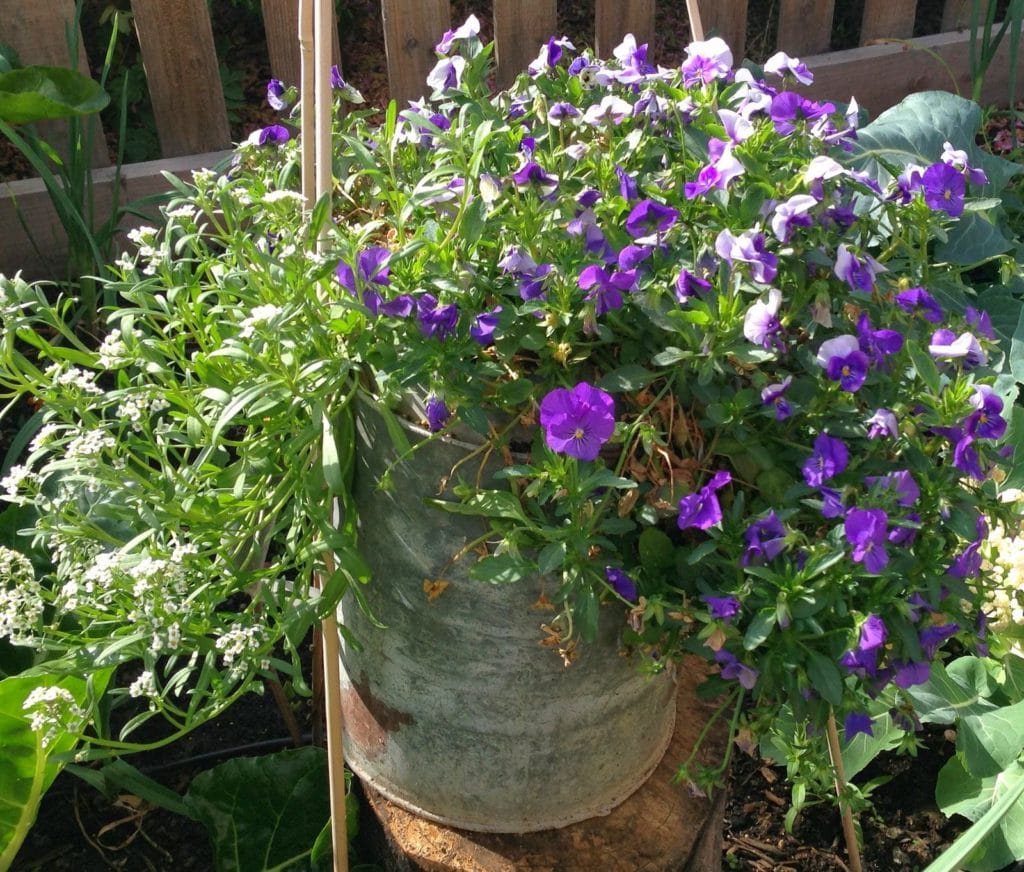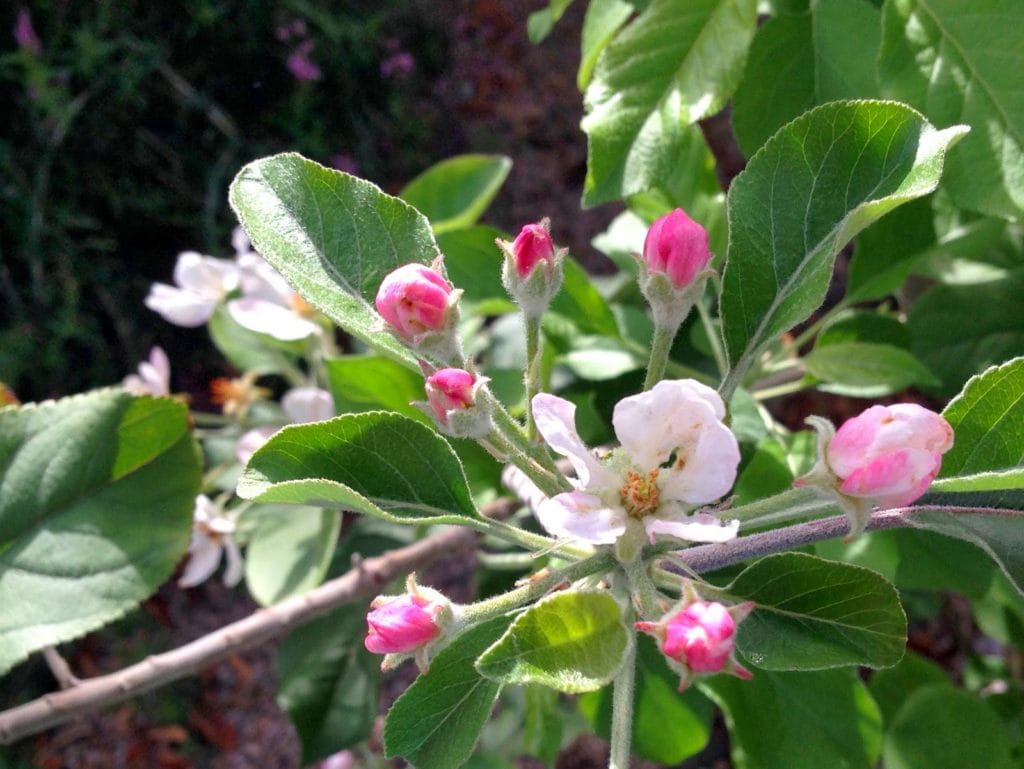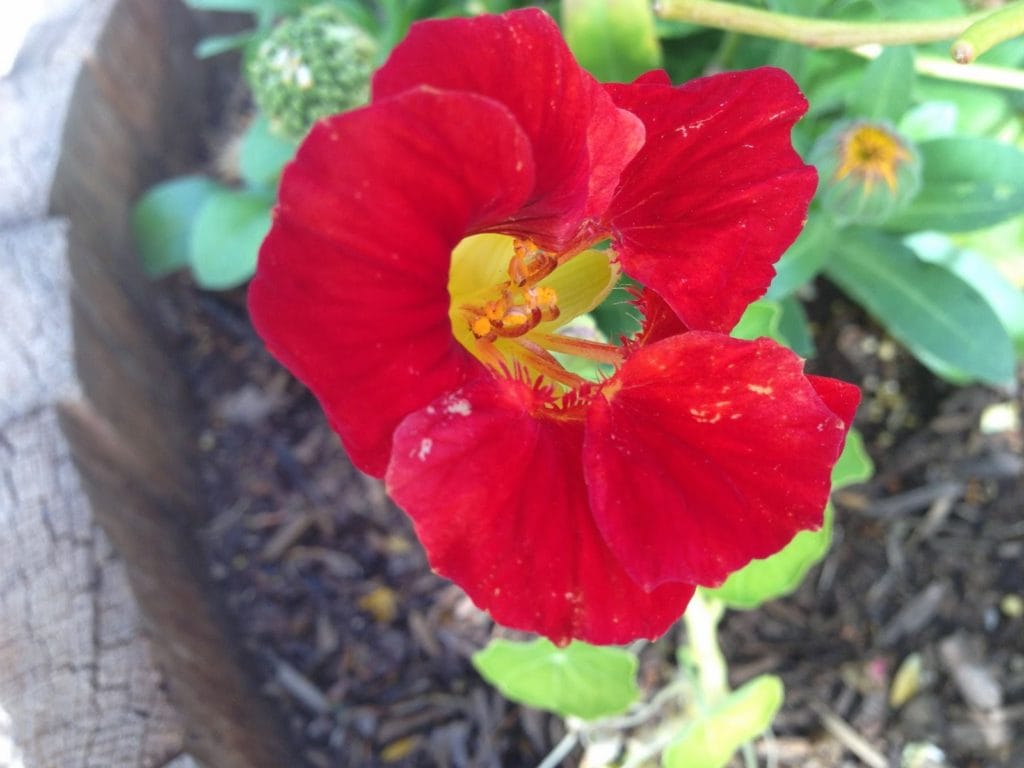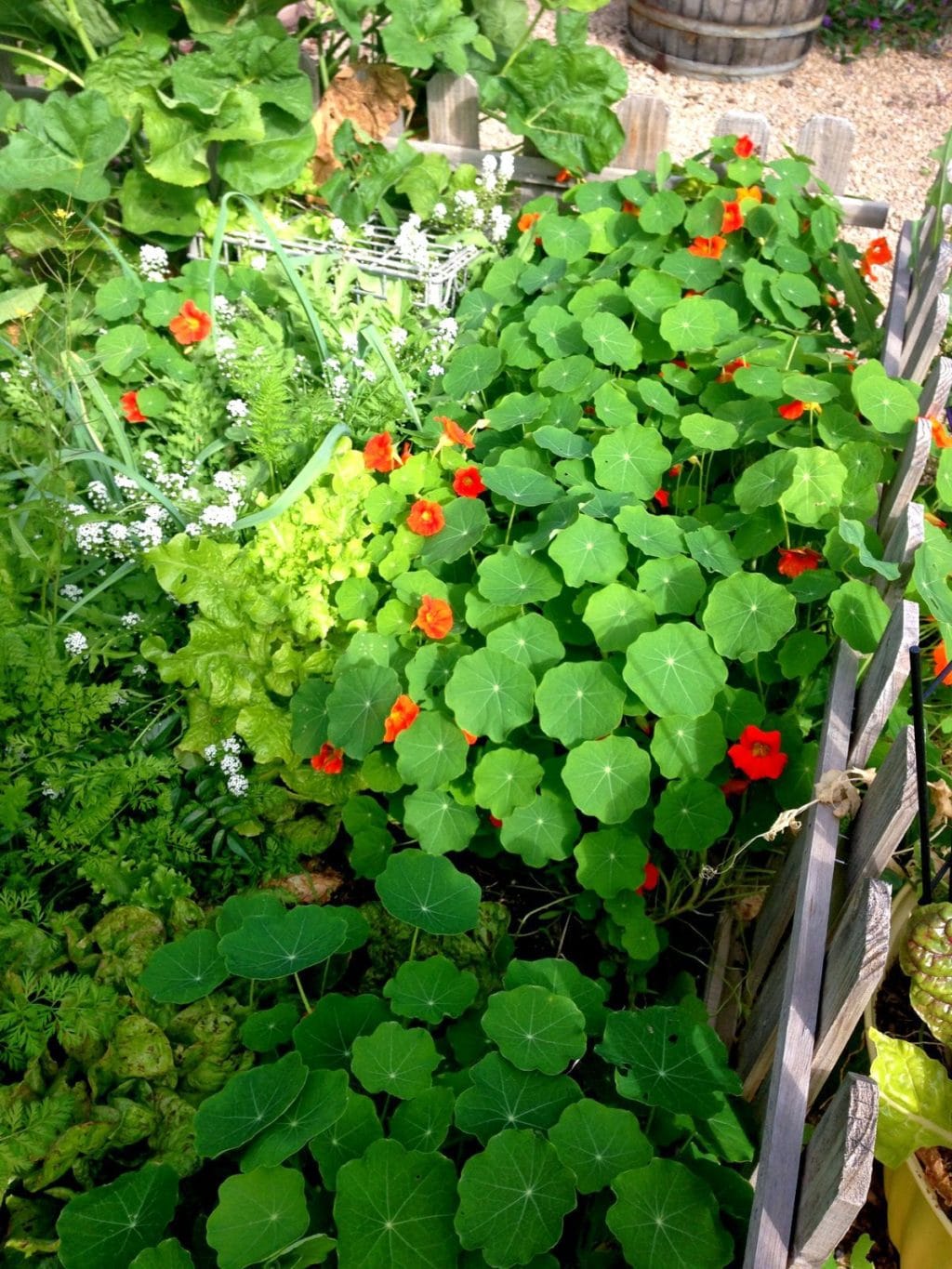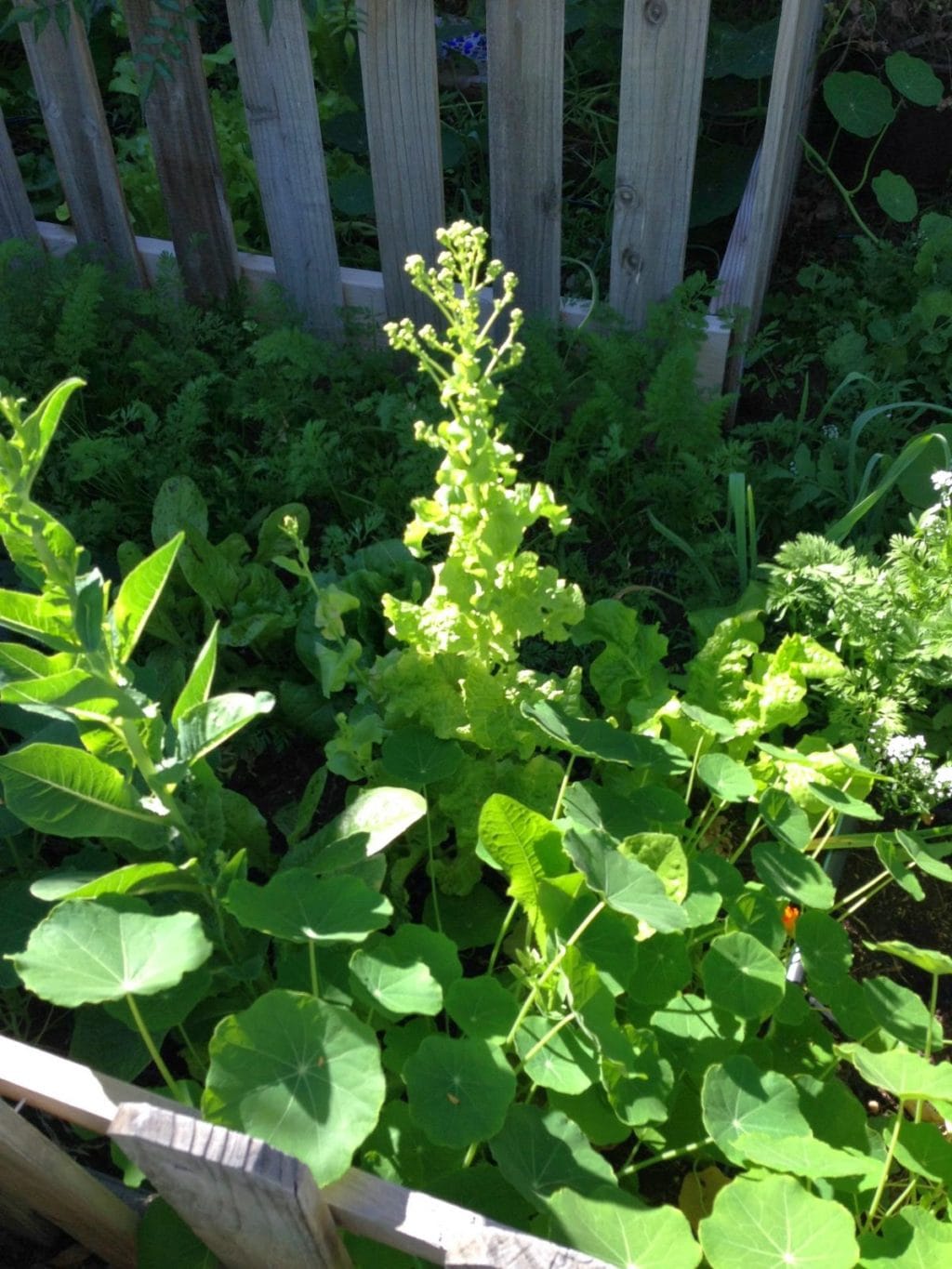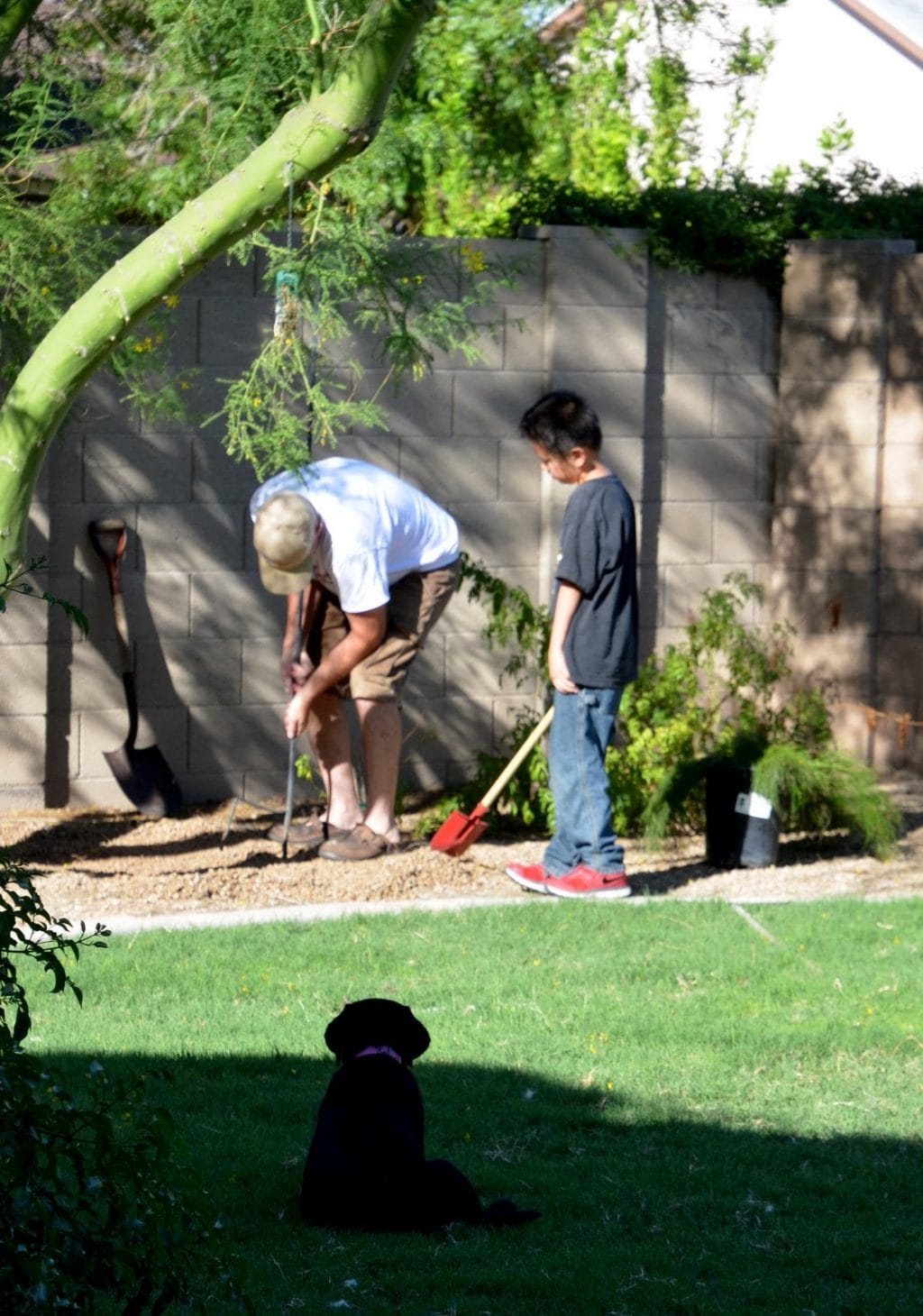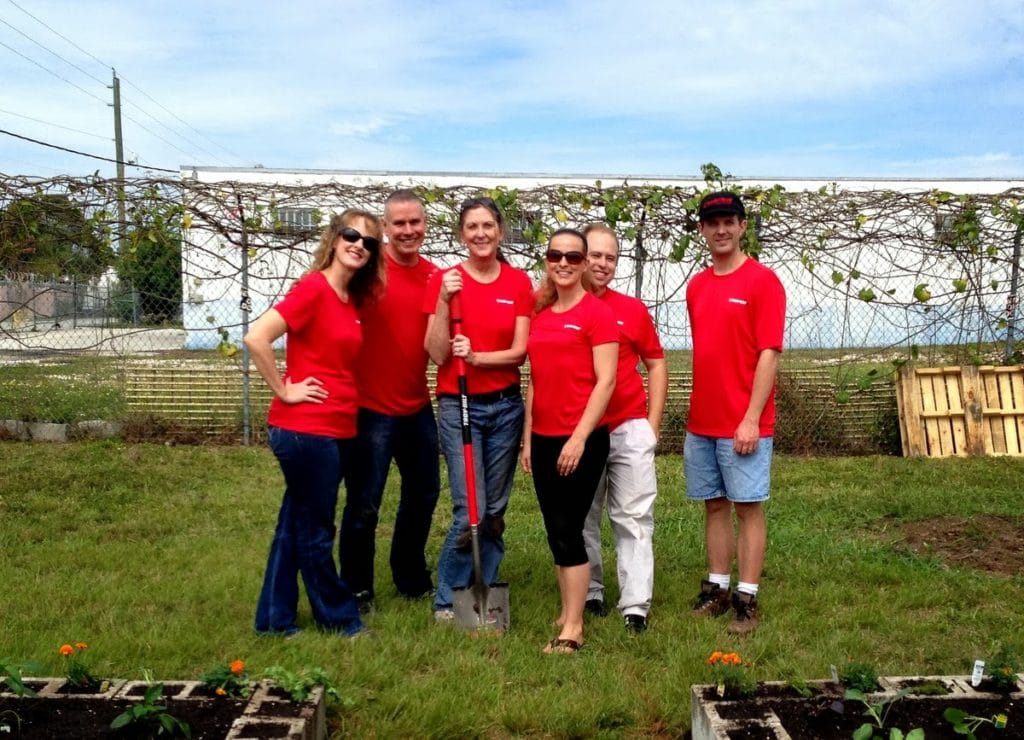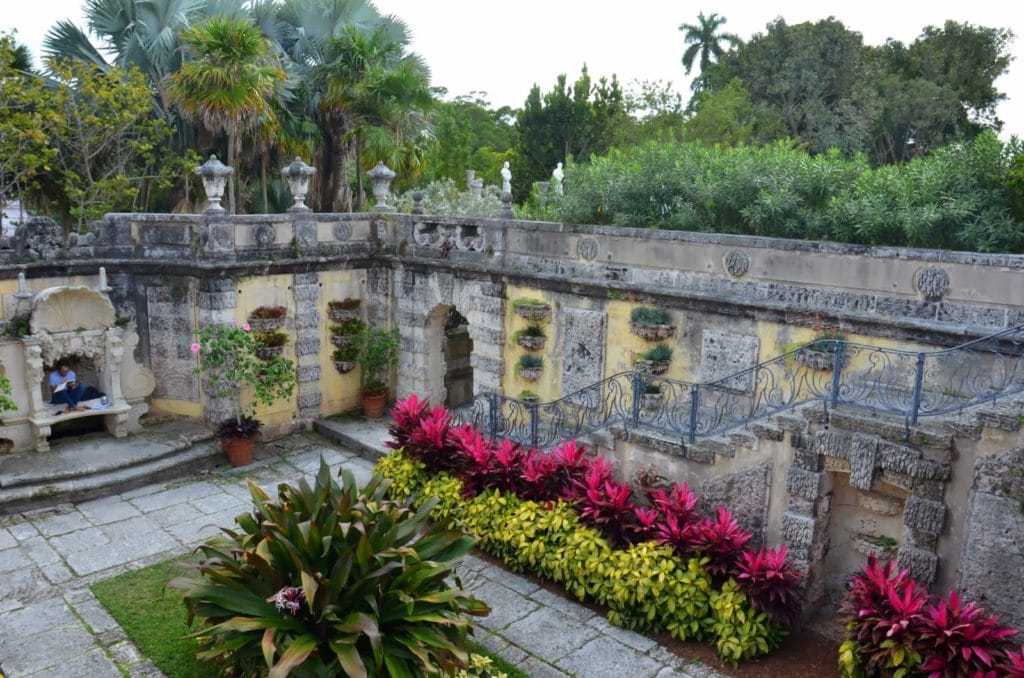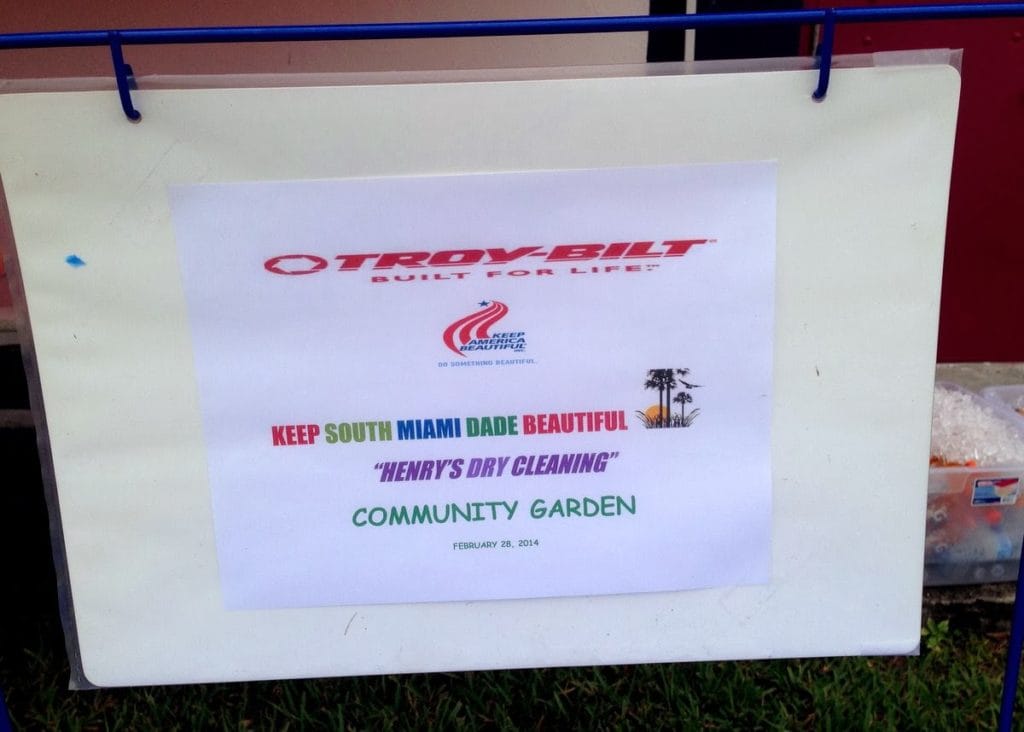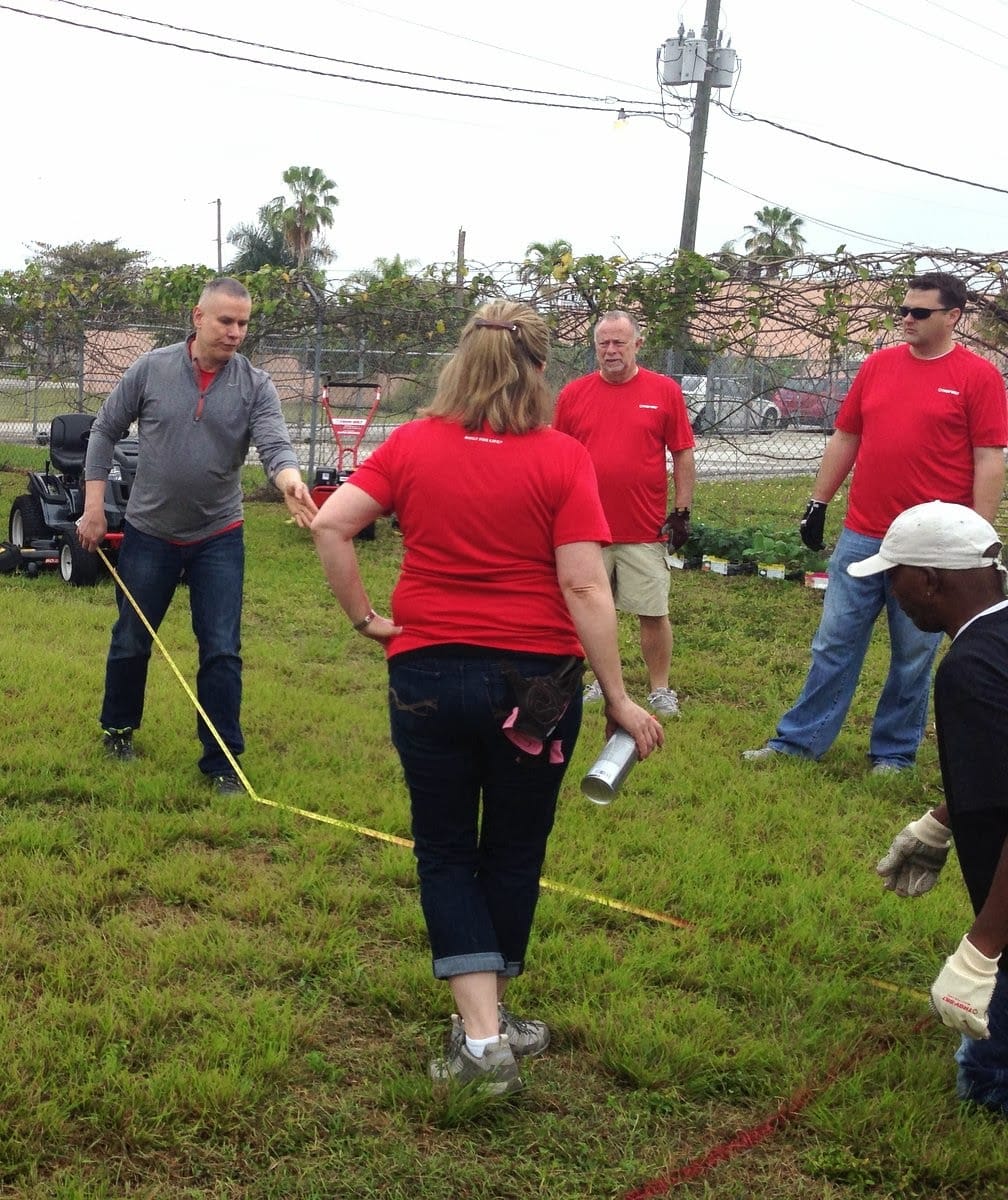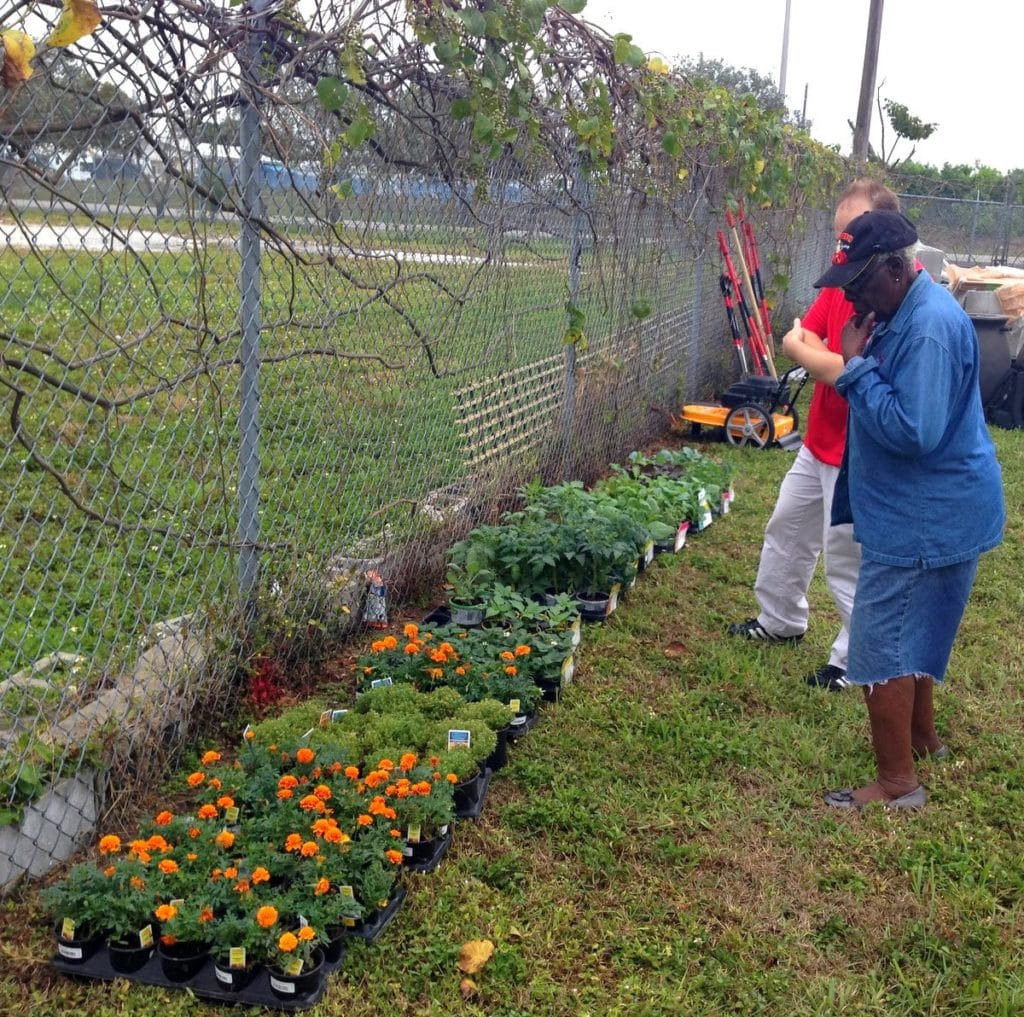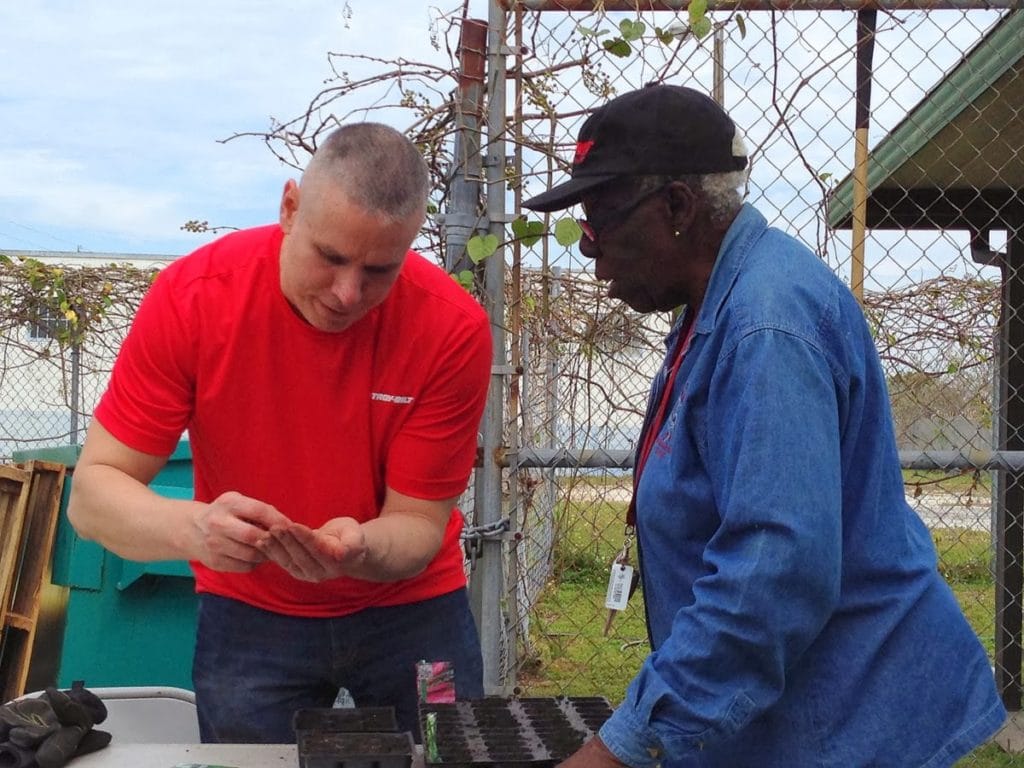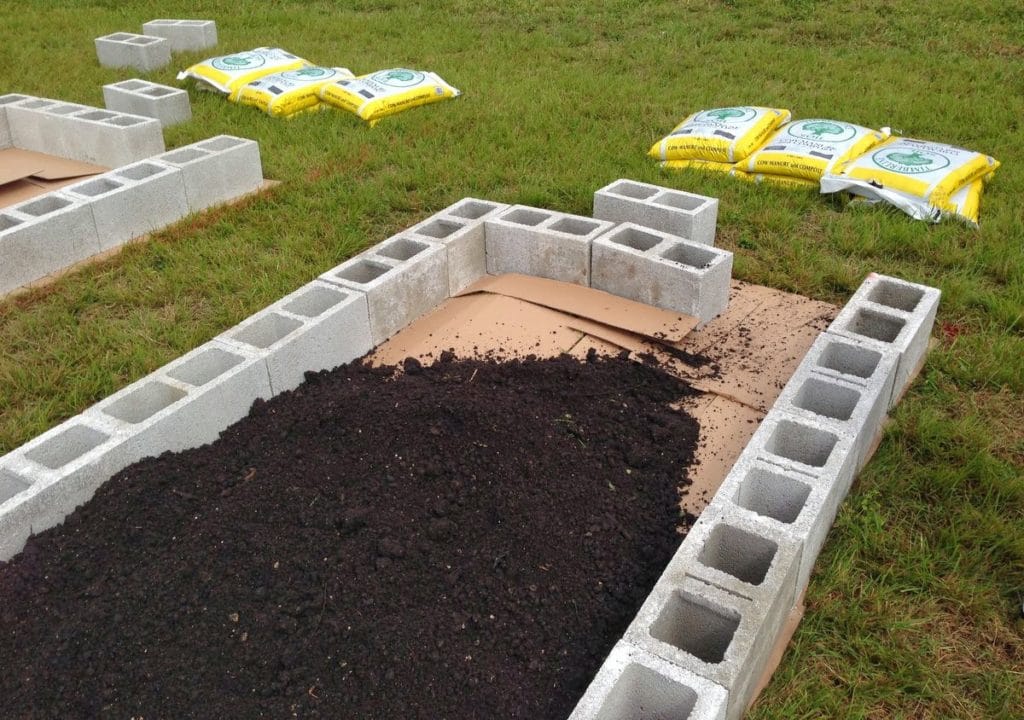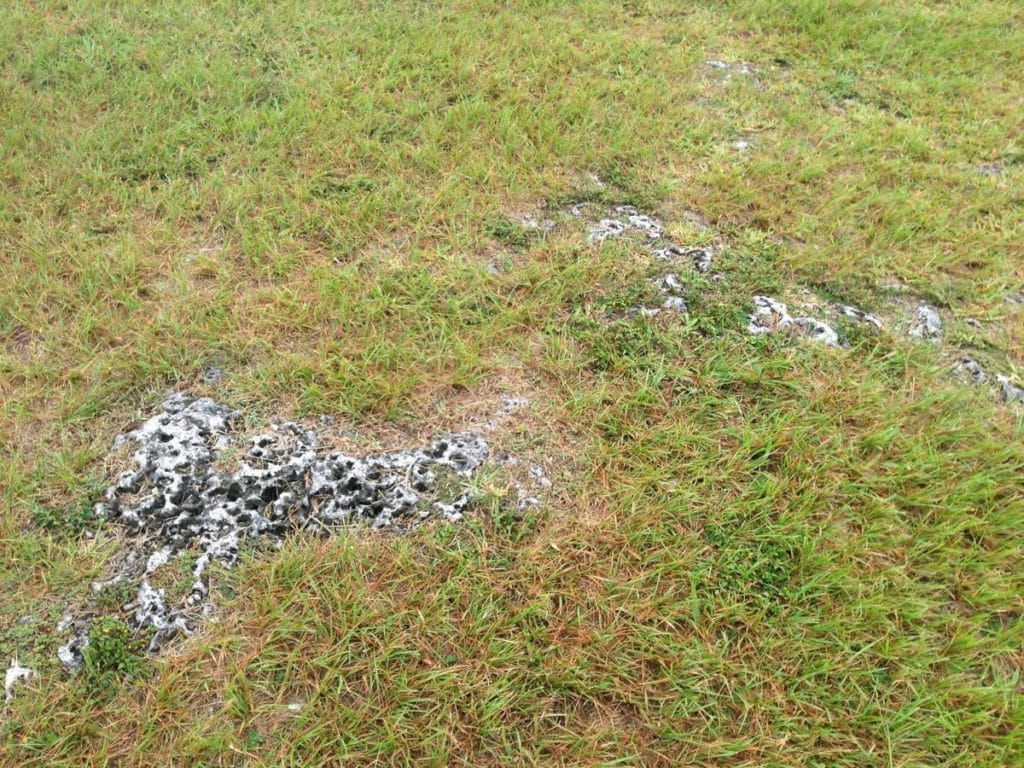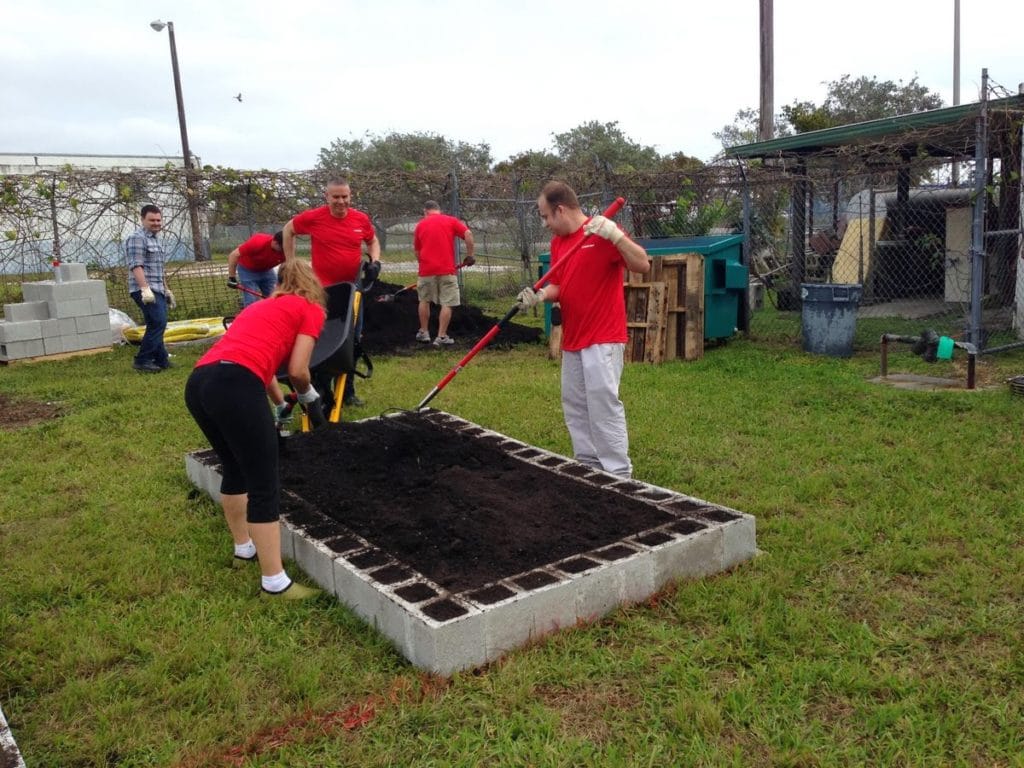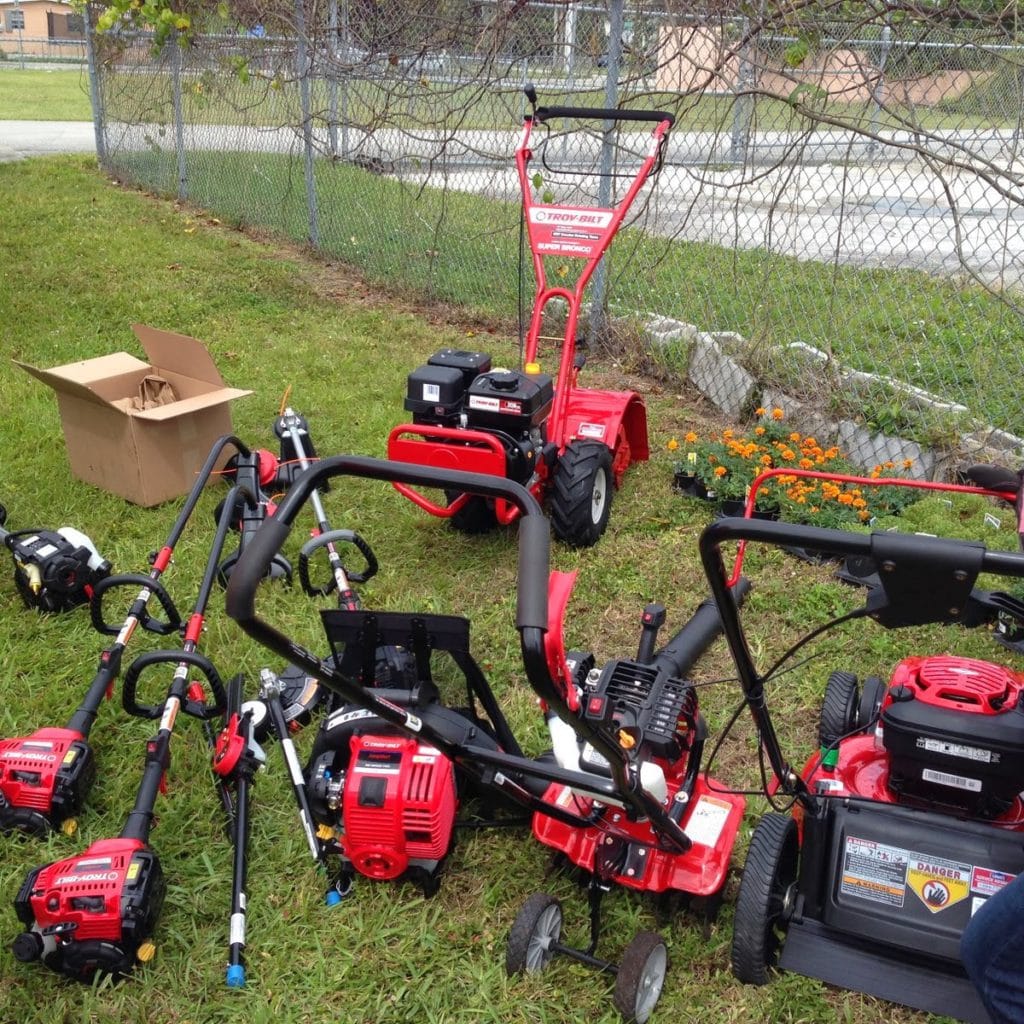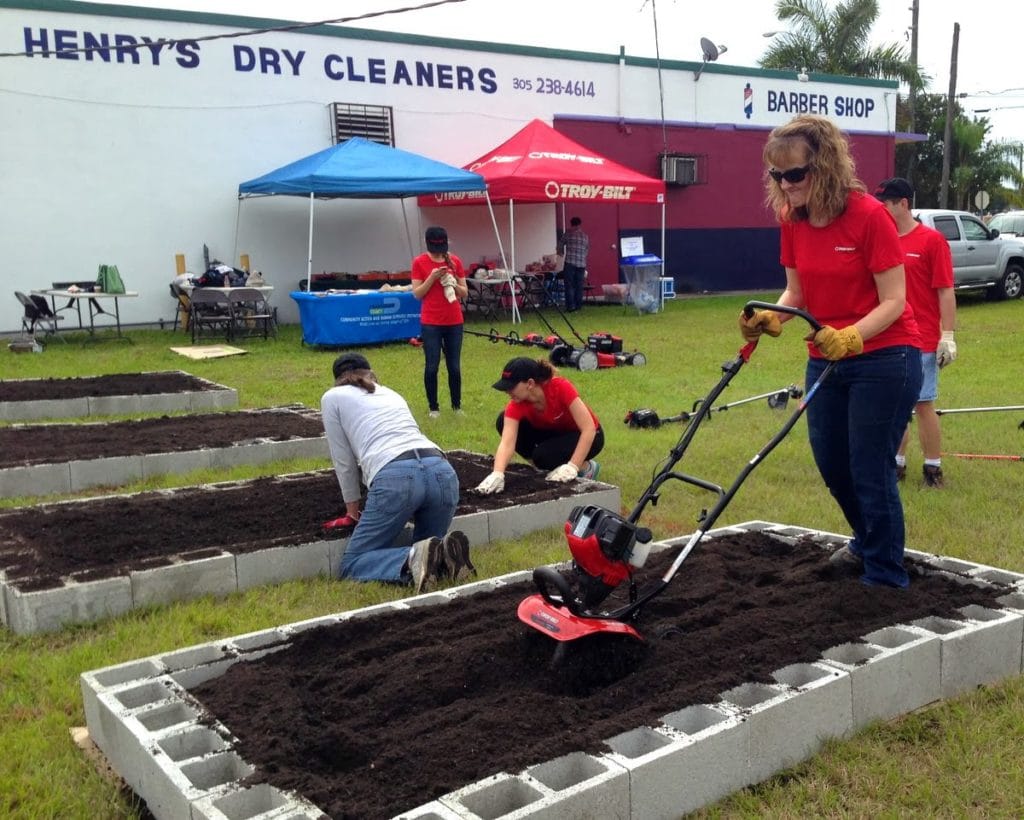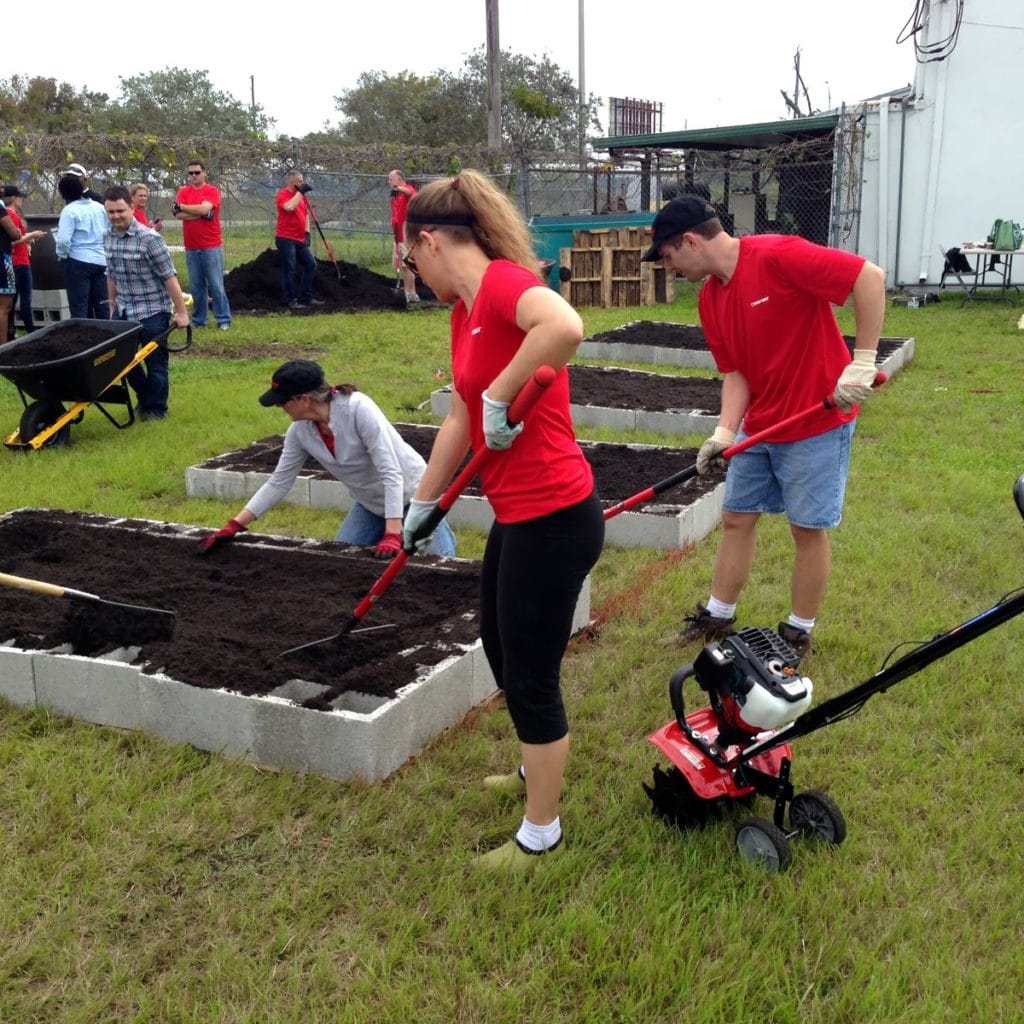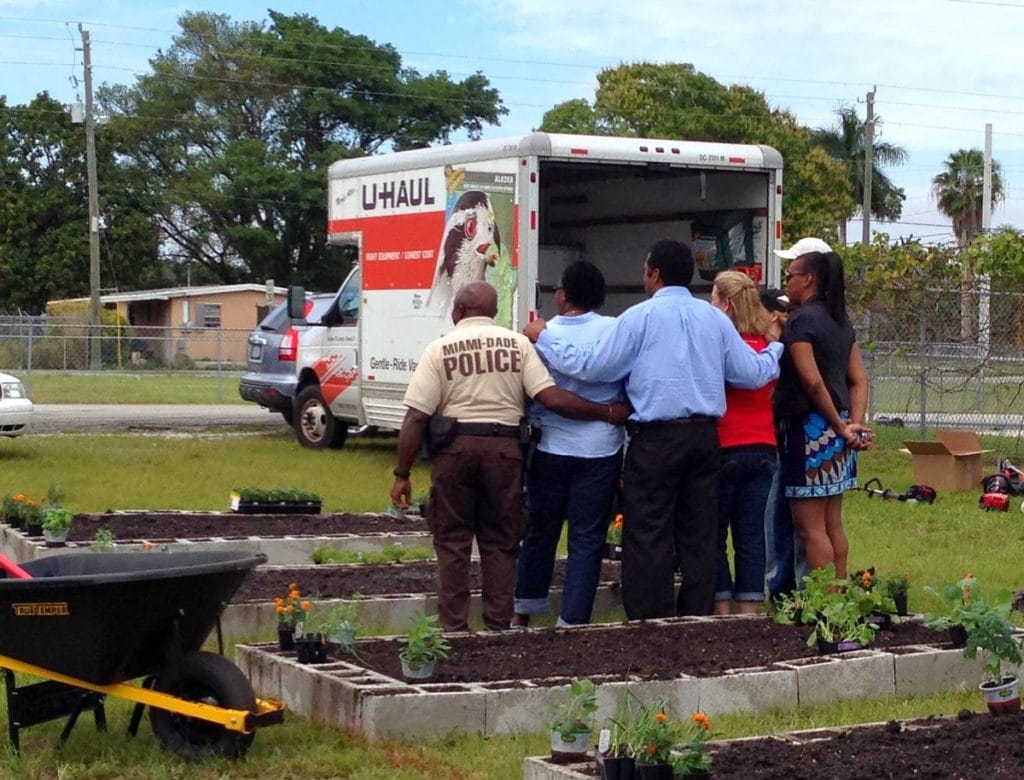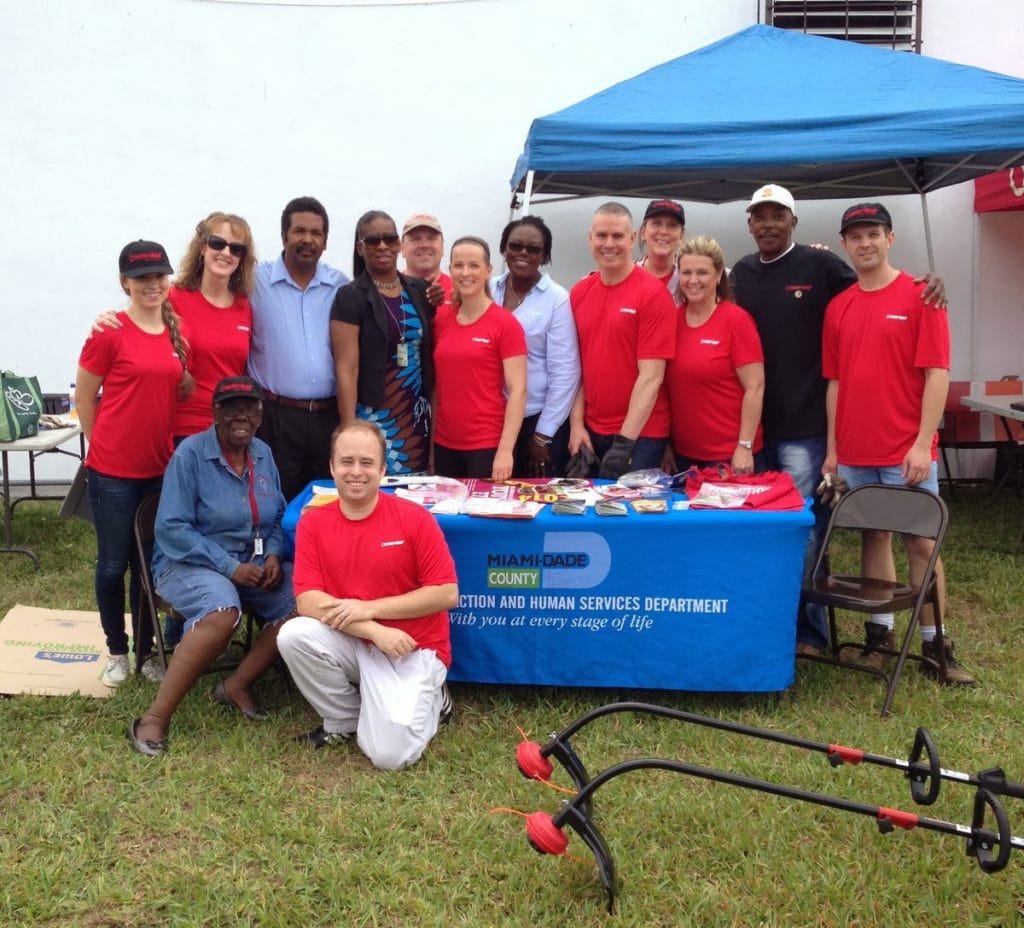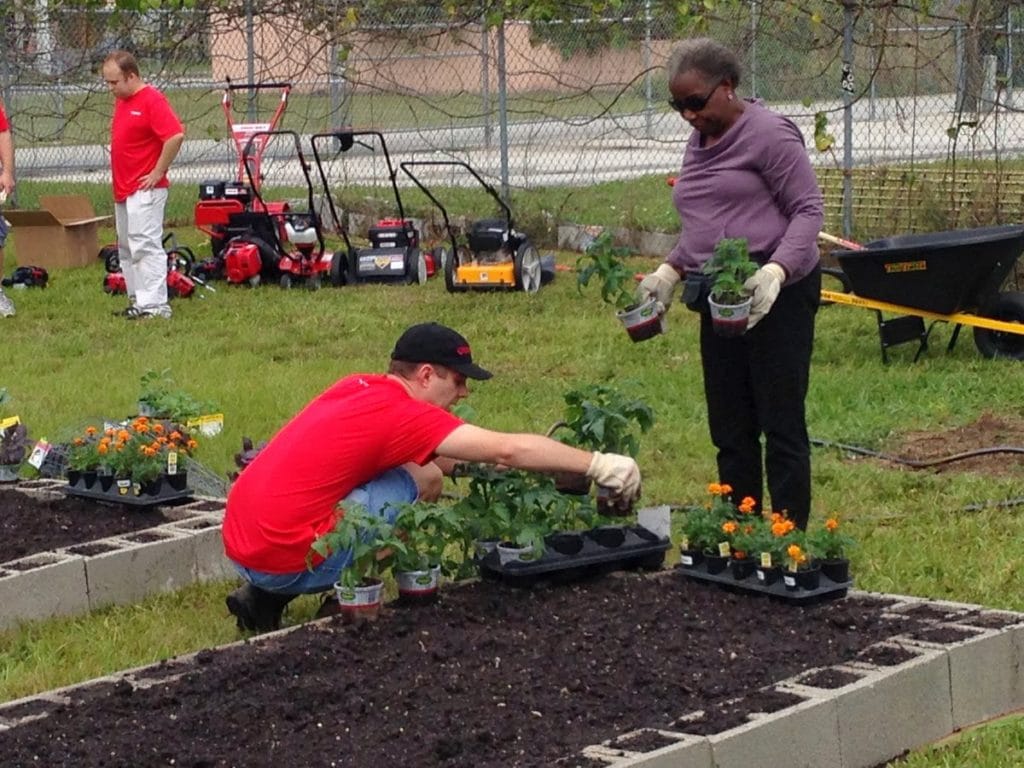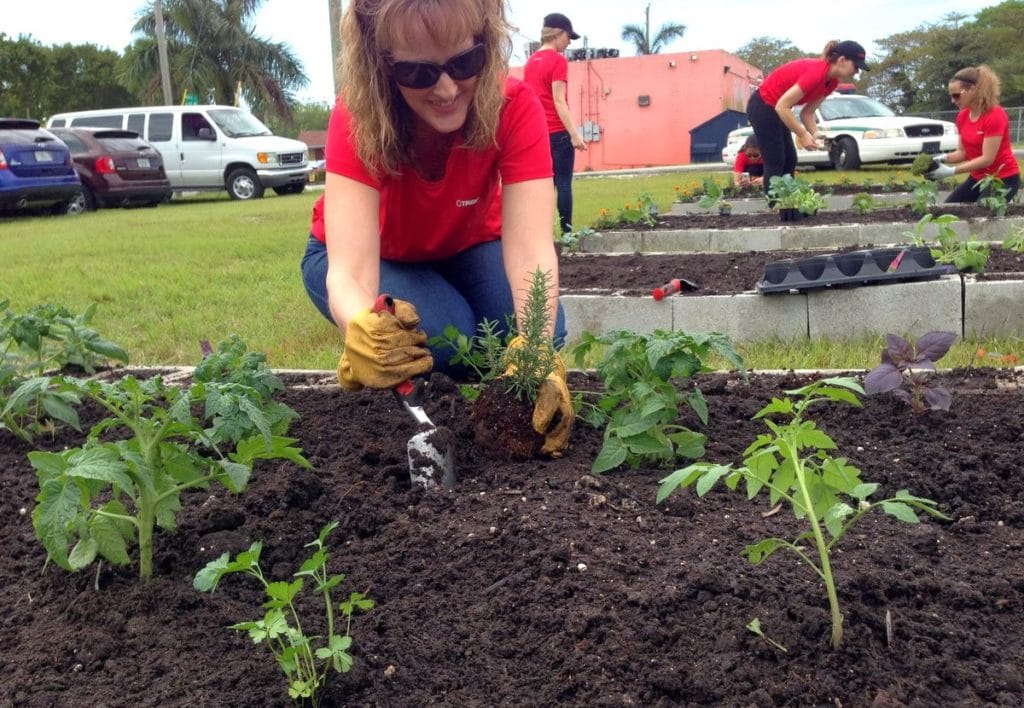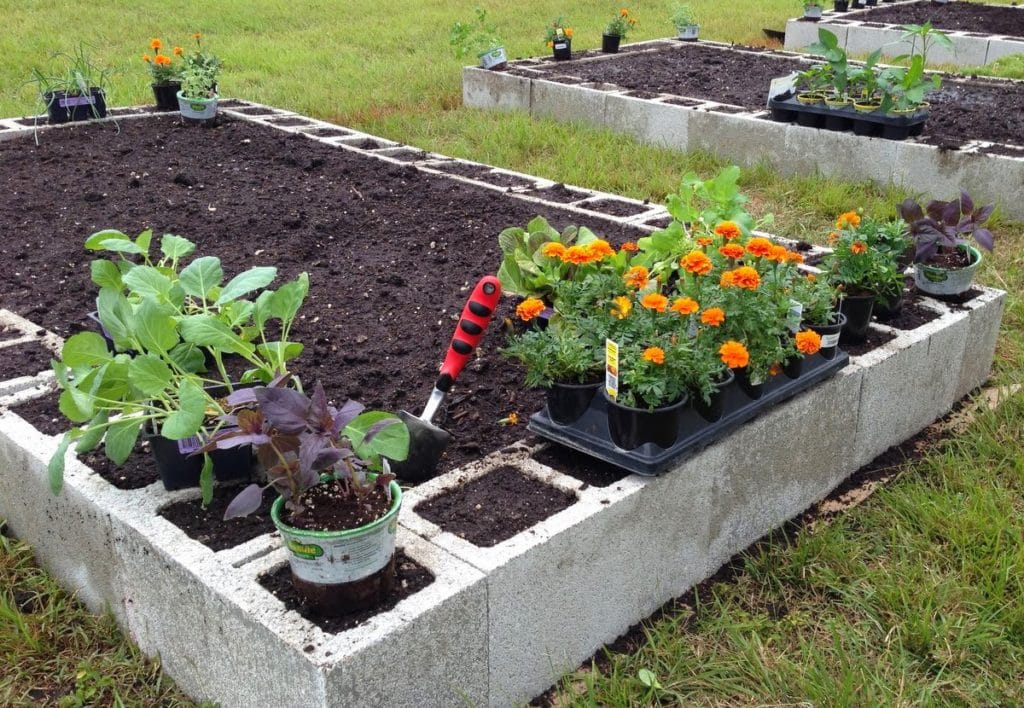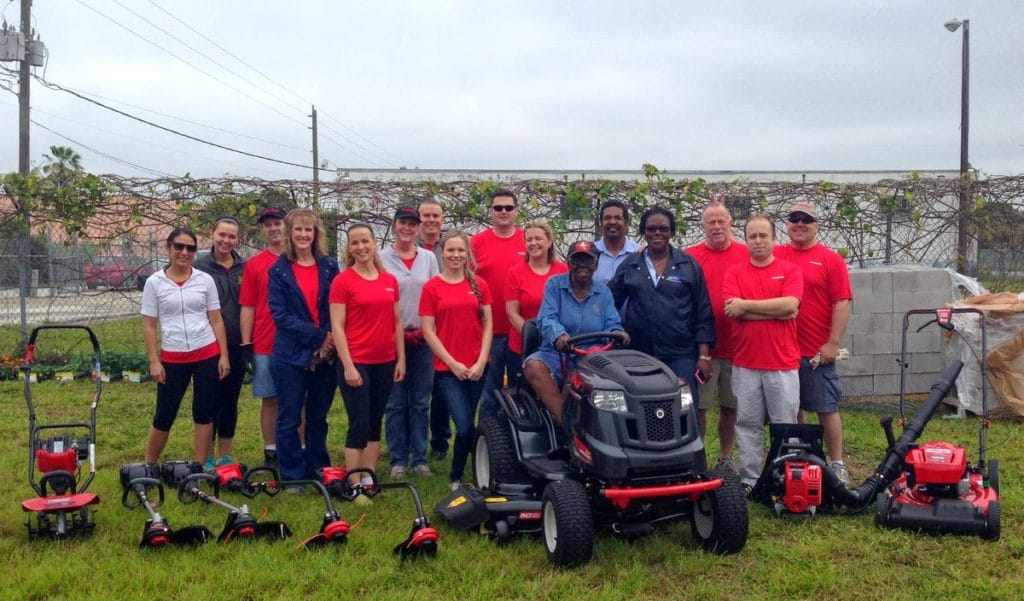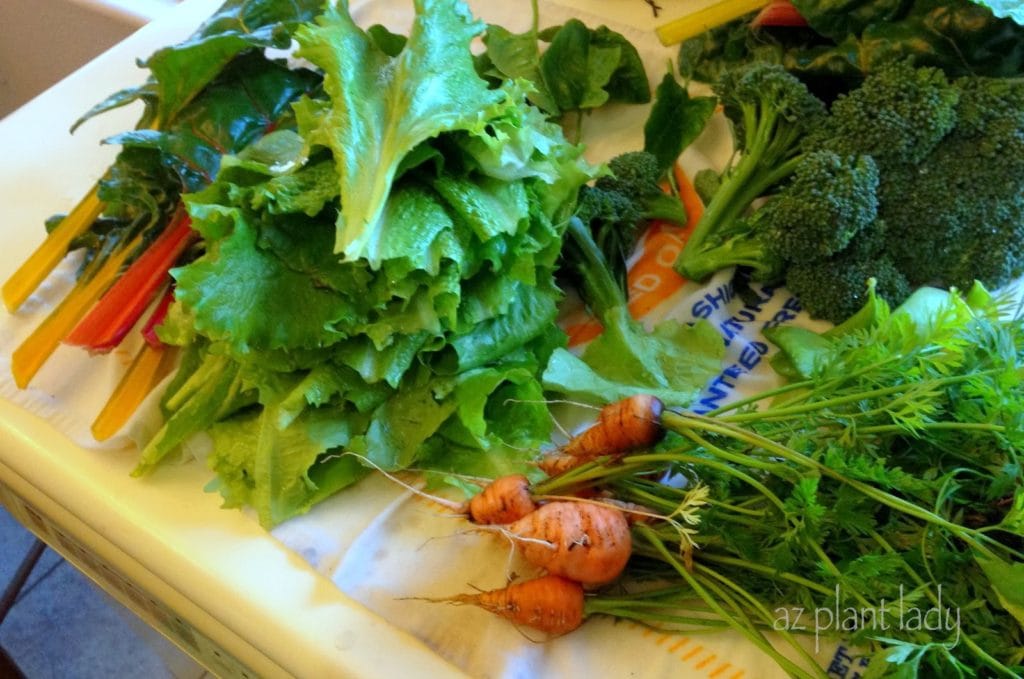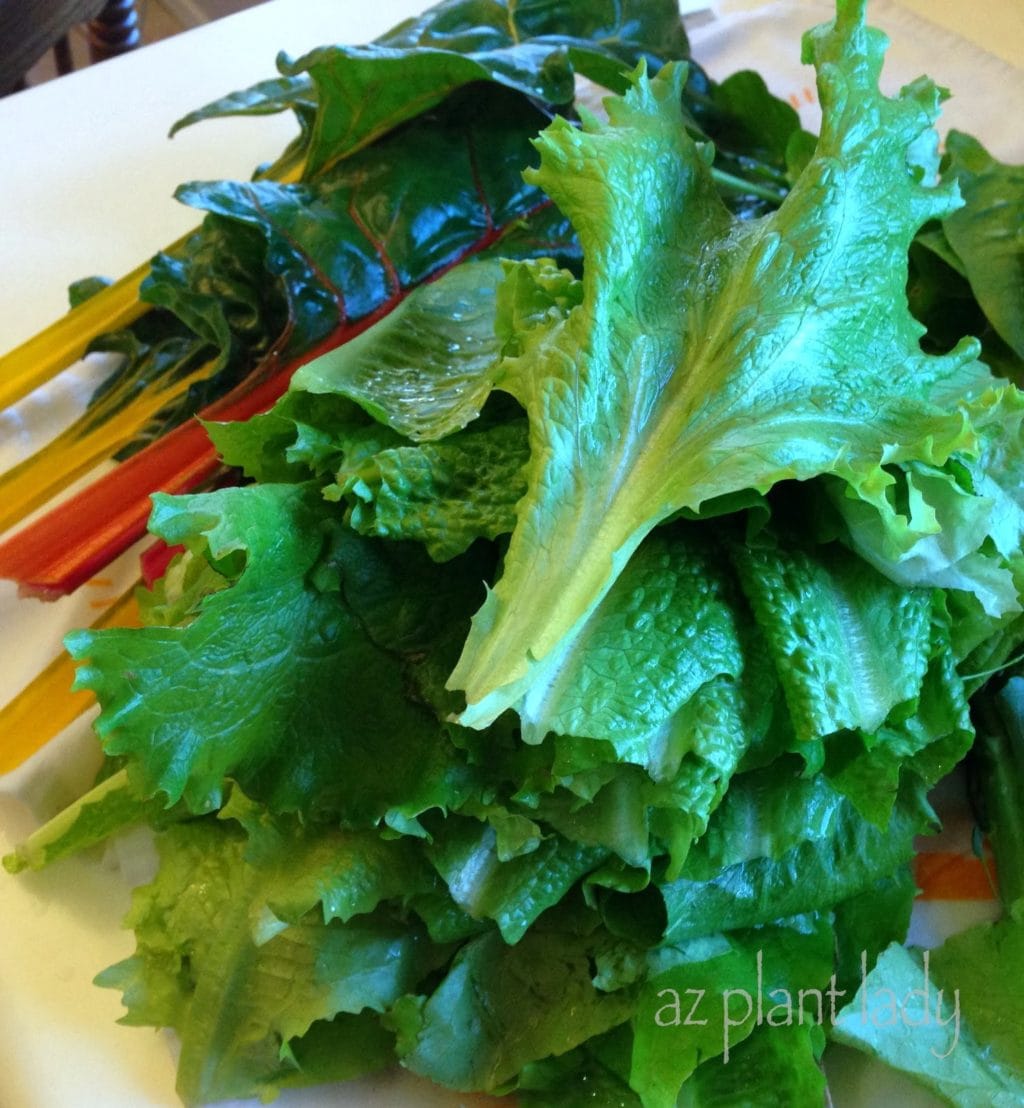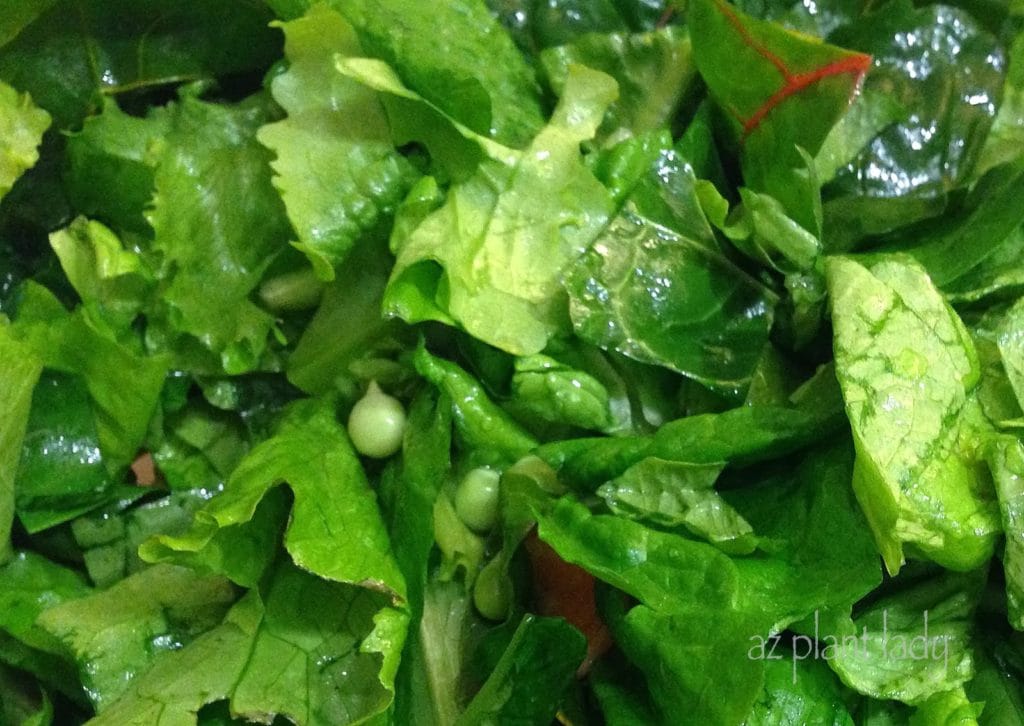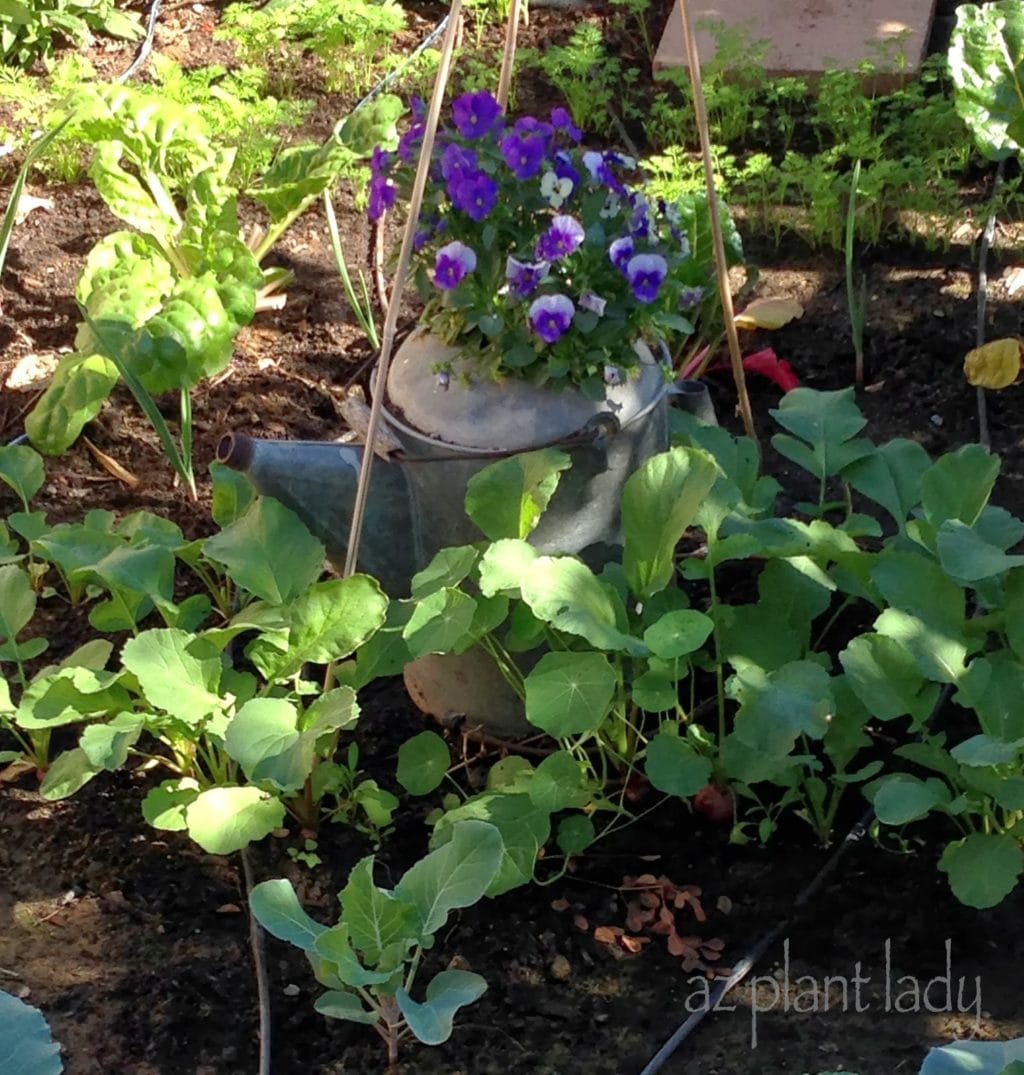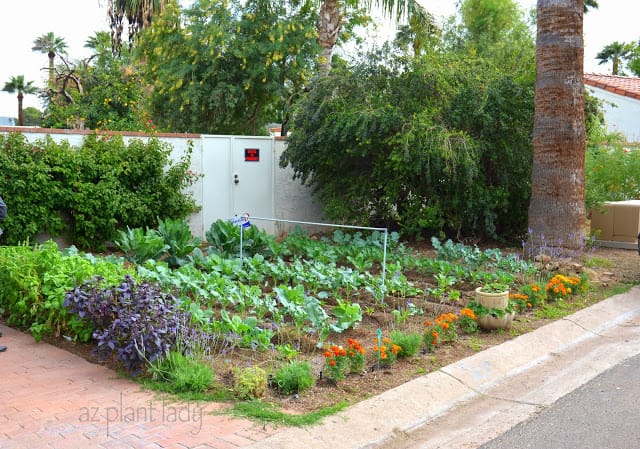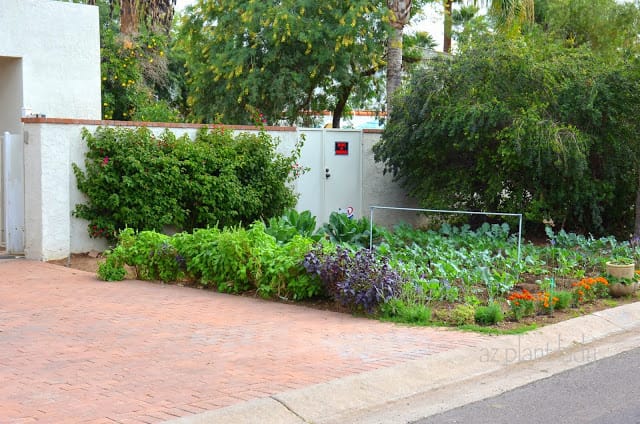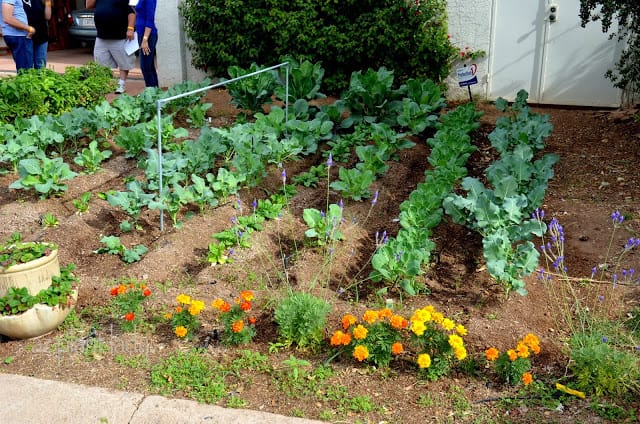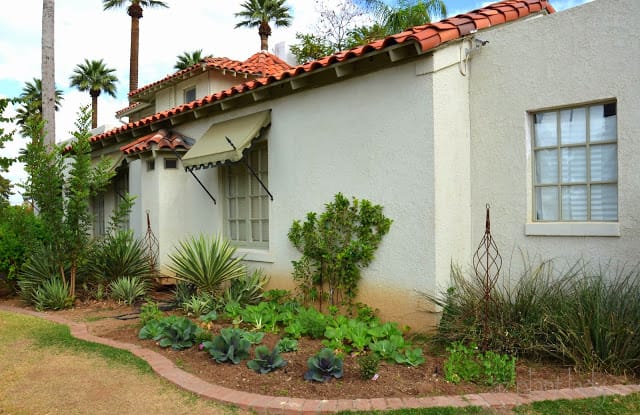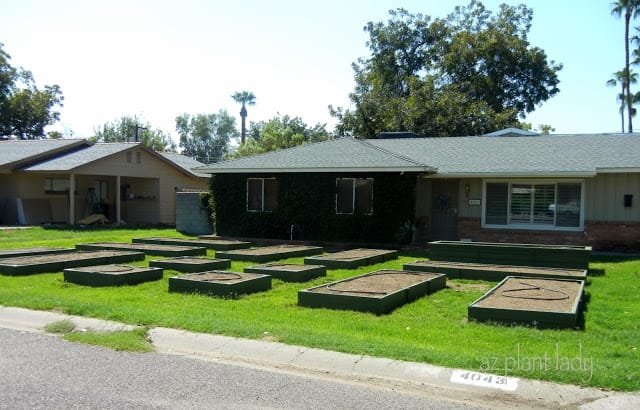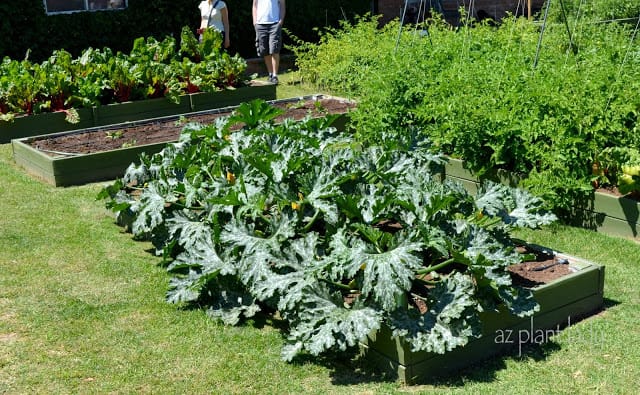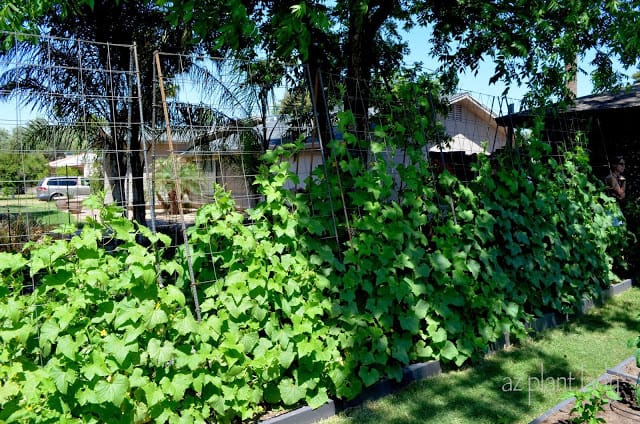Have you ever grown pumpkins?
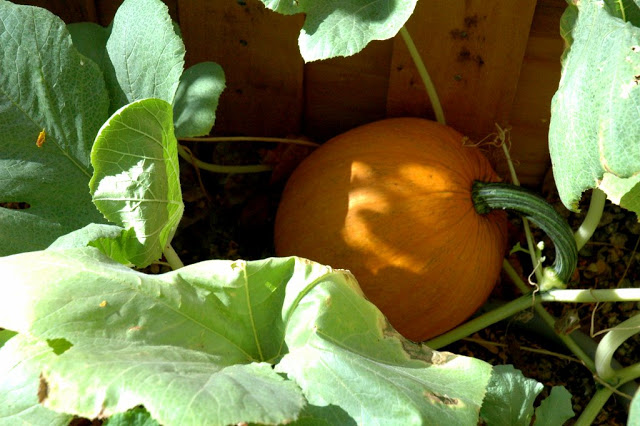
The first pumpkin I ever grew.
Right now, pumpkins are of three things growing in my summer vegetable garden alongside peppers and basil.
In June, I planted 4 different types of pumpkins – Cinderella (an old fashioned looking pumpkin), Lumina (a white pumpkin), Rouge Vif d’Etampes (a French heirloom pumpkin) and some seeds from an unknown heirloom pumpkin I bought at the store last year.
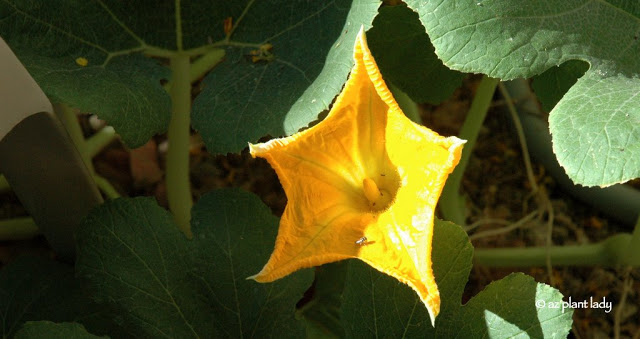
Male pumpkin flower
The pumpkin vines are growing nicely and the male flowers have begun to appear.
Pumpkins have both male and female flowers – the male flowers appear about 2 weeks ahead of the female flowers.
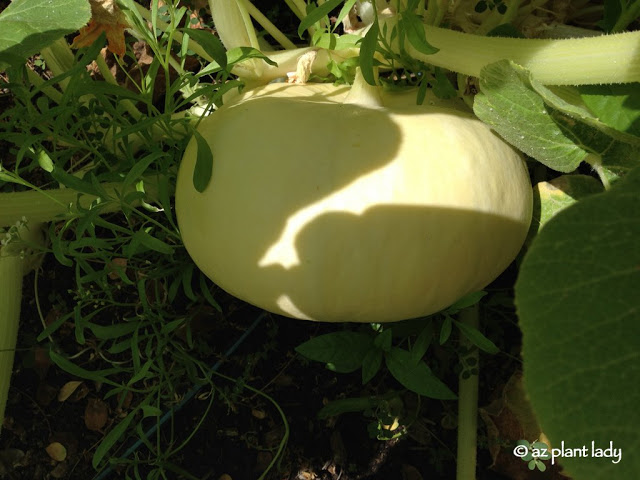
Lumina pumpkin
I’ve had both successes and some failures growing pumpkins. Last year, I planted a Lumina pumpkin, which was so beautiful.
This summer, I decided to dedicate my entire potager vegetable garden to growing pumpkins.
Why an entire vegetable garden you may ask?
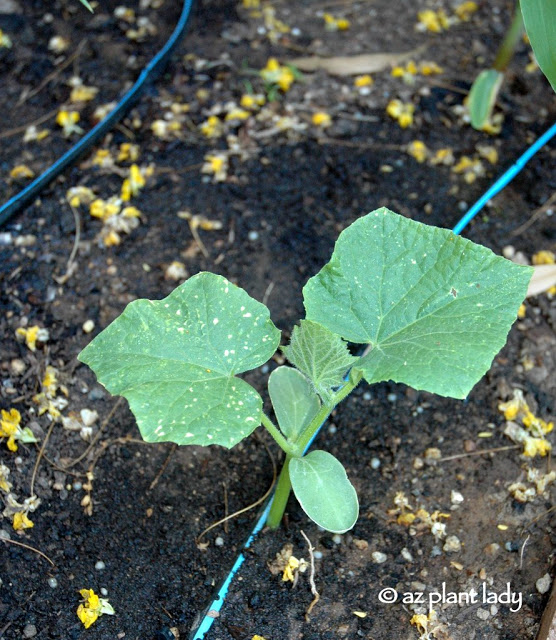
My first attempt at growing pumpkins began in my smaller vegetable garden, located just off of my back patio.
I remember being so excited when my pumpkin seedling grew its first pair of ‘true’ leaves.
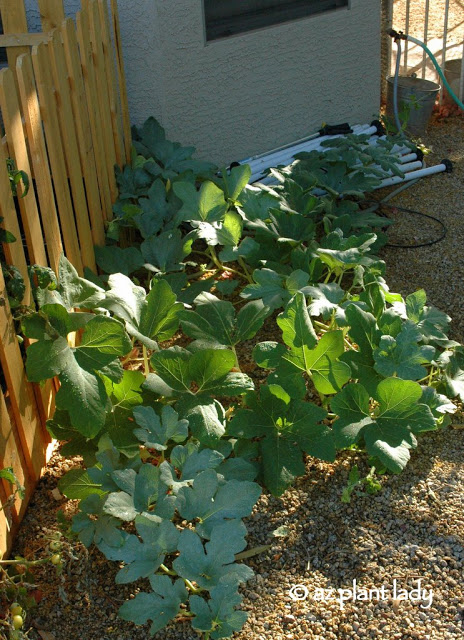
But, what I had not prepared for was how wide it would grow – a lesson on why reading the label on the seed packet is important.
My young pumpkin seedling soon outgrew my little vegetable garden and in fact, most of its growth extended outside of the garden.
I patiently (not)! waited for signs of a young pumpkin to form.
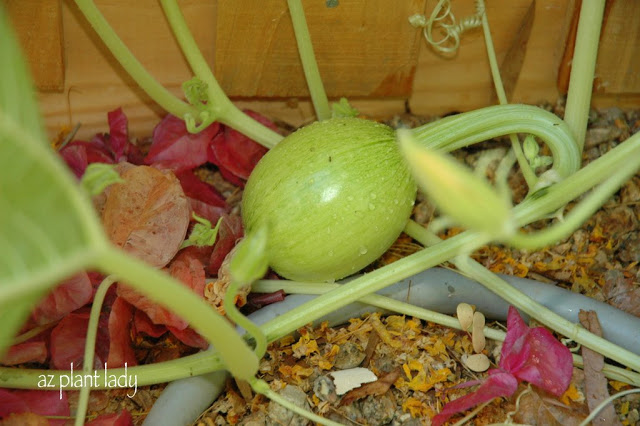
You can imagine how thrilled I was at finding this young pumpkin growing a couple of weeks later.
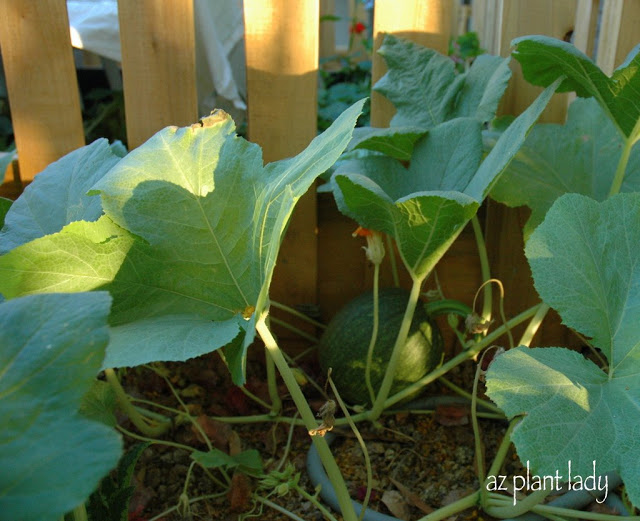
The only issue was that it was growing outside of my vegetable garden.
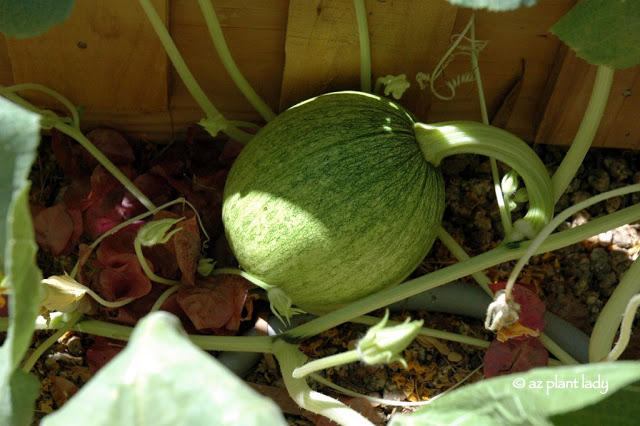
To be honest, I didn’t really care – there was plenty of room for it and it seemed happy perched on top of my garden hose.
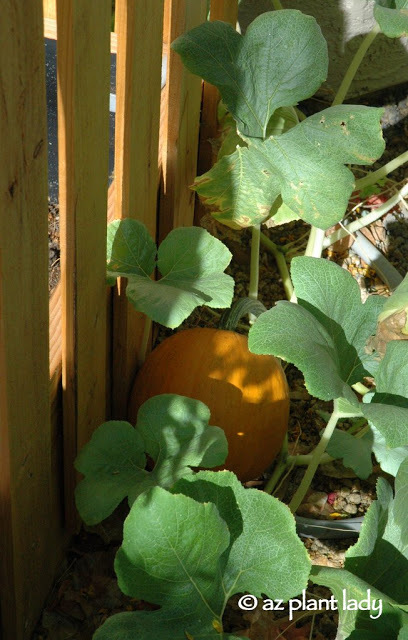
It grew fairly rapidly and soon its green color lightened to a beautiful orange.
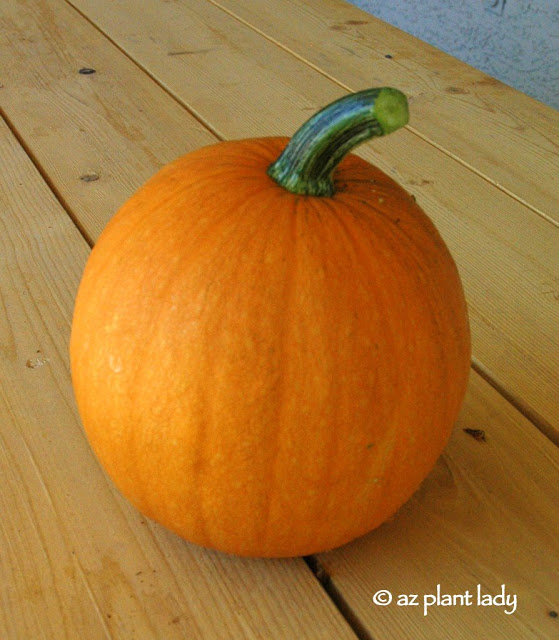
As you can see, it wasn’t a large pumpkin – smaller varieties are easier to grow in the home garden.
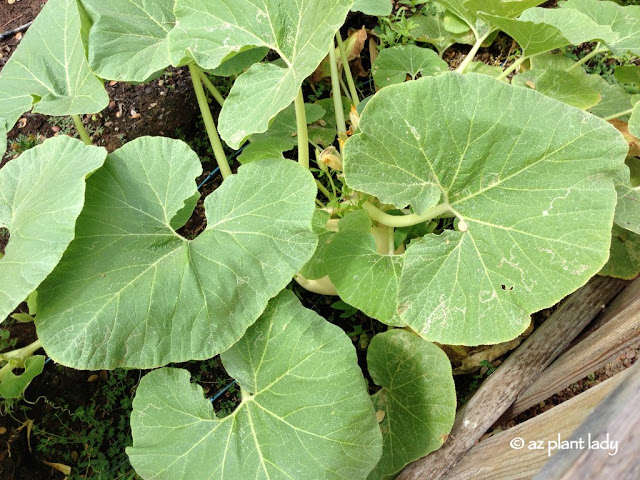
White ‘Lumina’ pumpkin hidden underneath the leafy vines.
My hope for this year’s crop is that I will soon find young pumpkins growing underneath the huge leaves of my pumpkin vines.
How about you?
Have you ever grown pumpkins?
What types?
Any helpful tips you’d like to share?
********************************
On a personal note, I’ve been knocked flat by a virus – neverending cough, sore throat, headache, aches, fever, etc.
I’ve always found it surprising to get a flu-like illness in the middle of summer and not during the cold winter months, which actually works better for me since I my work tends to slow down in summer.
After 7 days, I am slowly getting better and am thankful for the timing of my illness. Next week – July 31st – August 2nd, I’ll be a presenter at the annual Hummingbird Festival and it would be almost impossible to give two separate 1-hour presentations with the current condition of my throat right now.
Sorry for complaining, I have a bad case of cabin fever, but my body isn’t up for doing much of anything except for a 10 minute walk this morning through my gardens to see how they are doing – but that felt wonderful!
I hope you are staying healthy this summer!


